First, let me share my experience from this crayfish journey. The garlic flavor, highly recommended by the connoisseurs in the comments, was indeed as delicious as it was reputed to be.
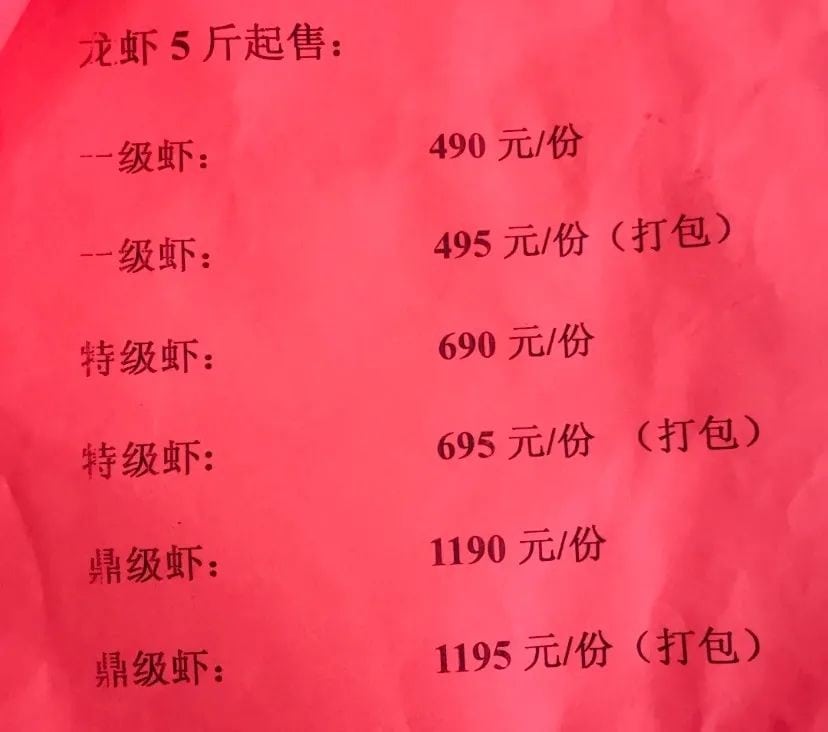
The aroma wafting in from the entrance reminded me to prepare my chopsticks for the meal even before the owner’s footsteps brought the dishes. As I picked one up and put it in my mouth, I couldn’t help but think to myself: No wonder Jinhu’s garlic crayfish is its golden!
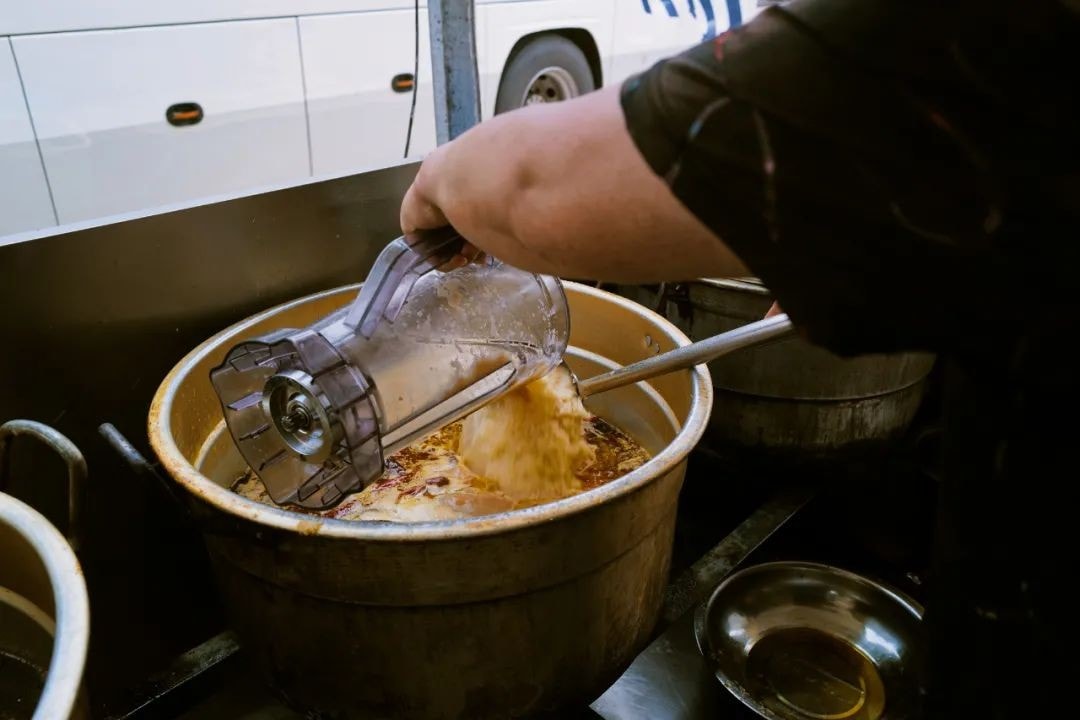
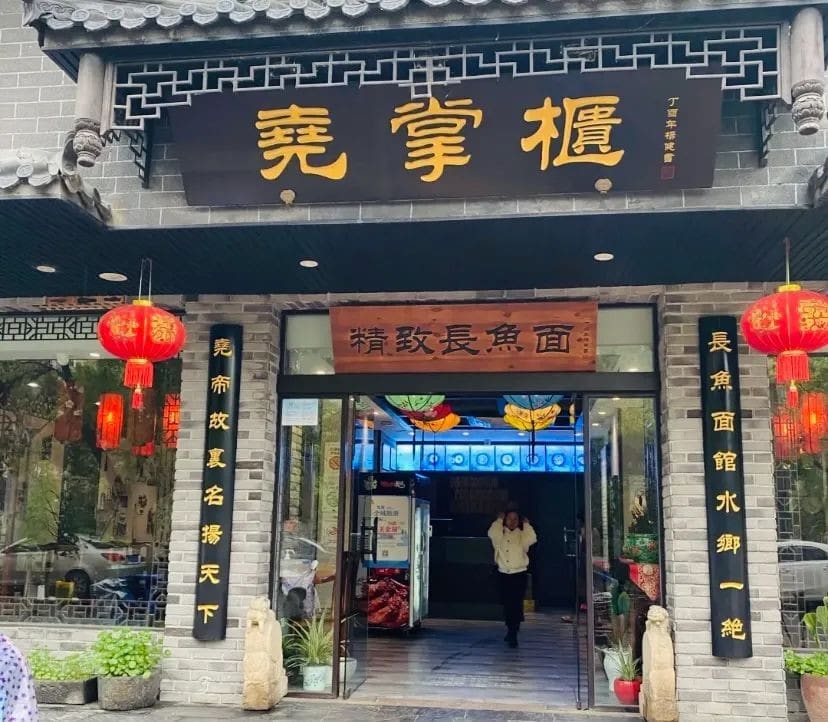
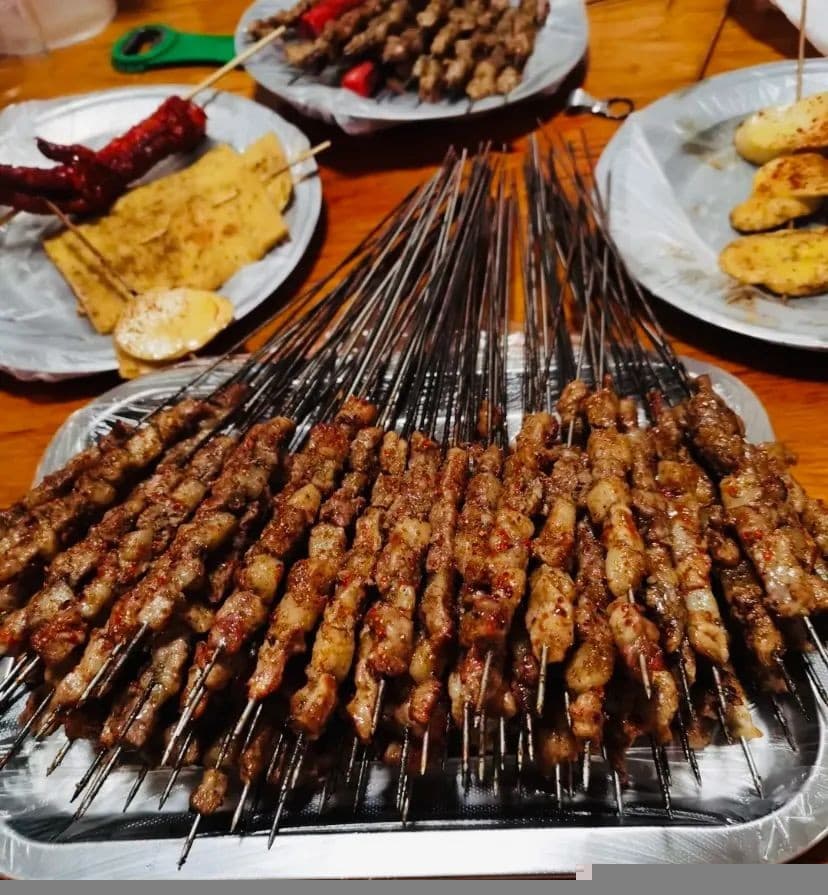
The clear water crayfish was equally delightful, daring to let the ingredients shine without the frills of fancy seasonings, proving its authenticity.
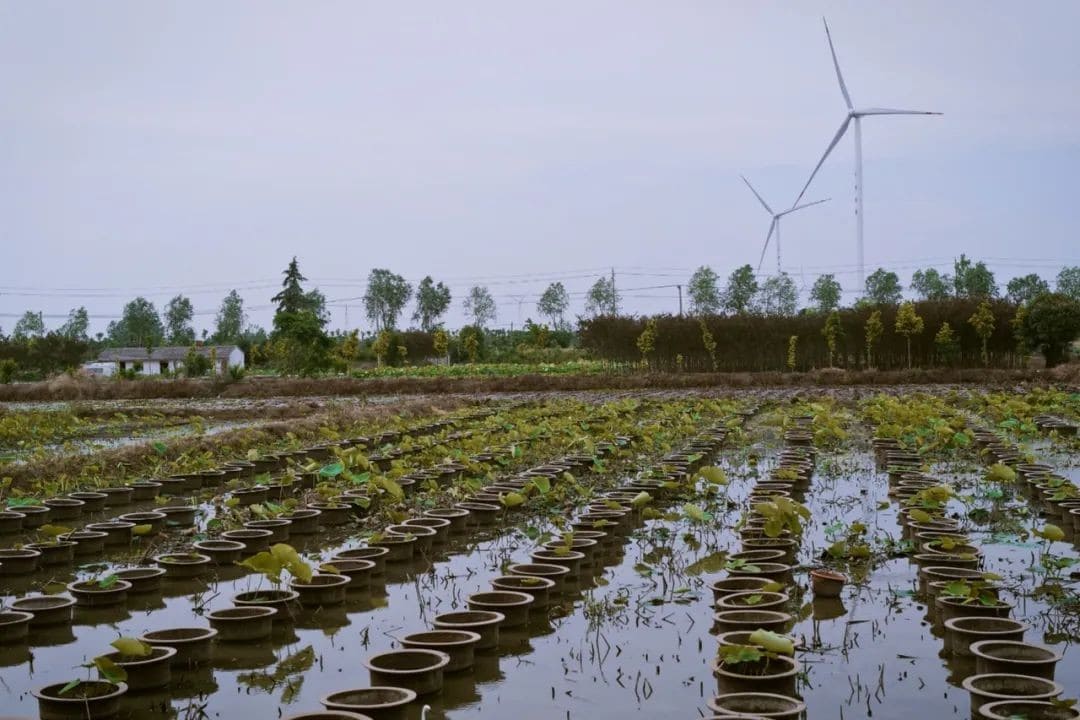


After finishing six pounds of crayfish, I sneaked into the kitchen to learn the secrets of their deliciousness firsthand. So, in this article, we will comprehensively decode Jinhu, this small county that is no less impressive than Xuyi when it comes to crayfish.
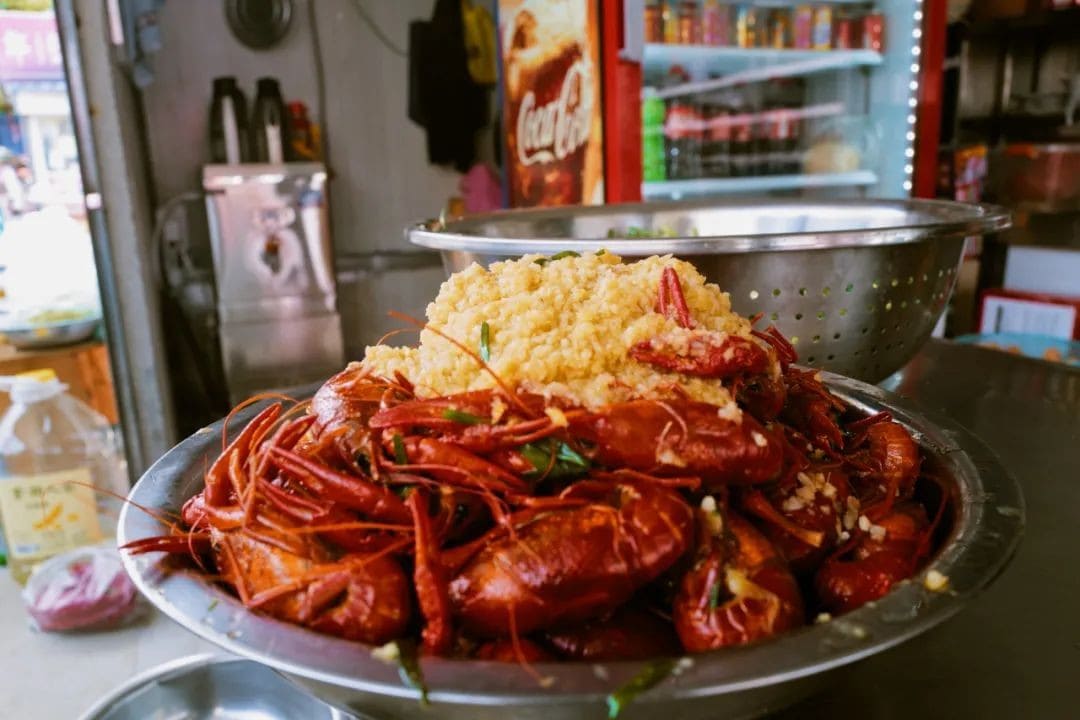
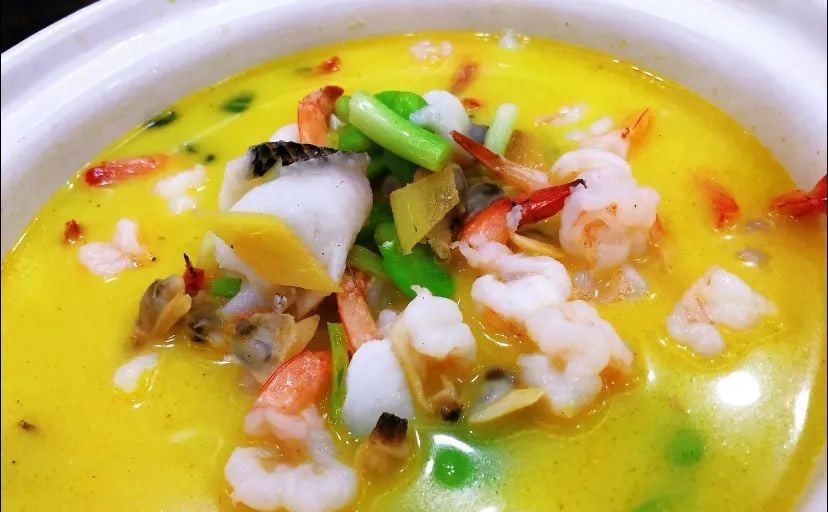
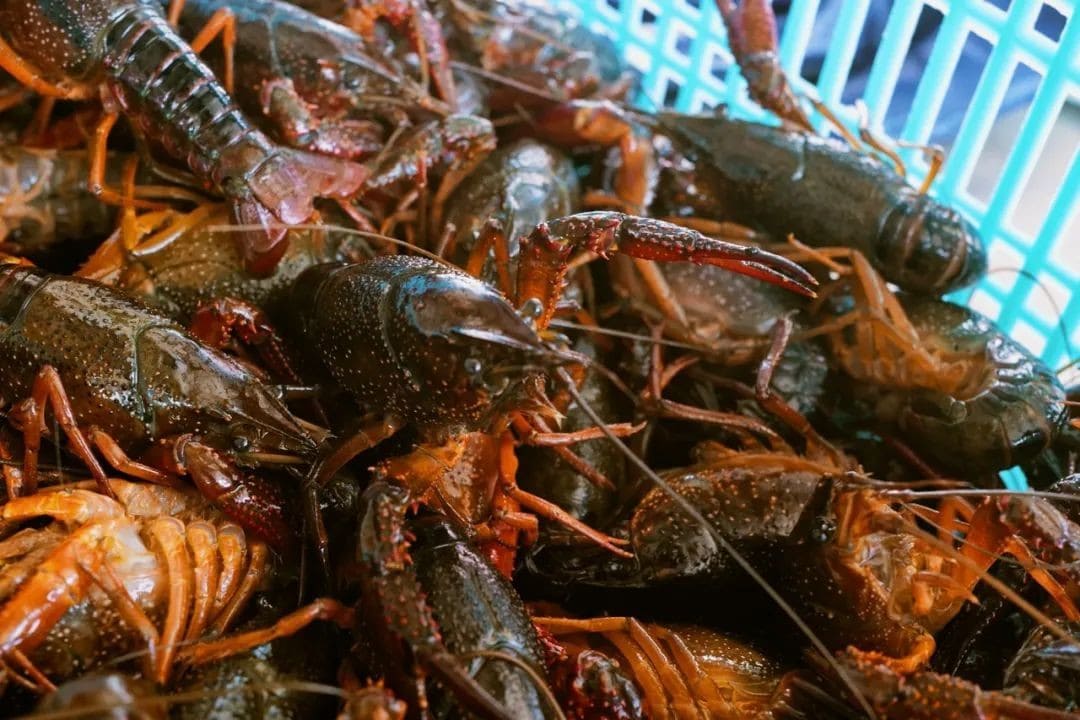
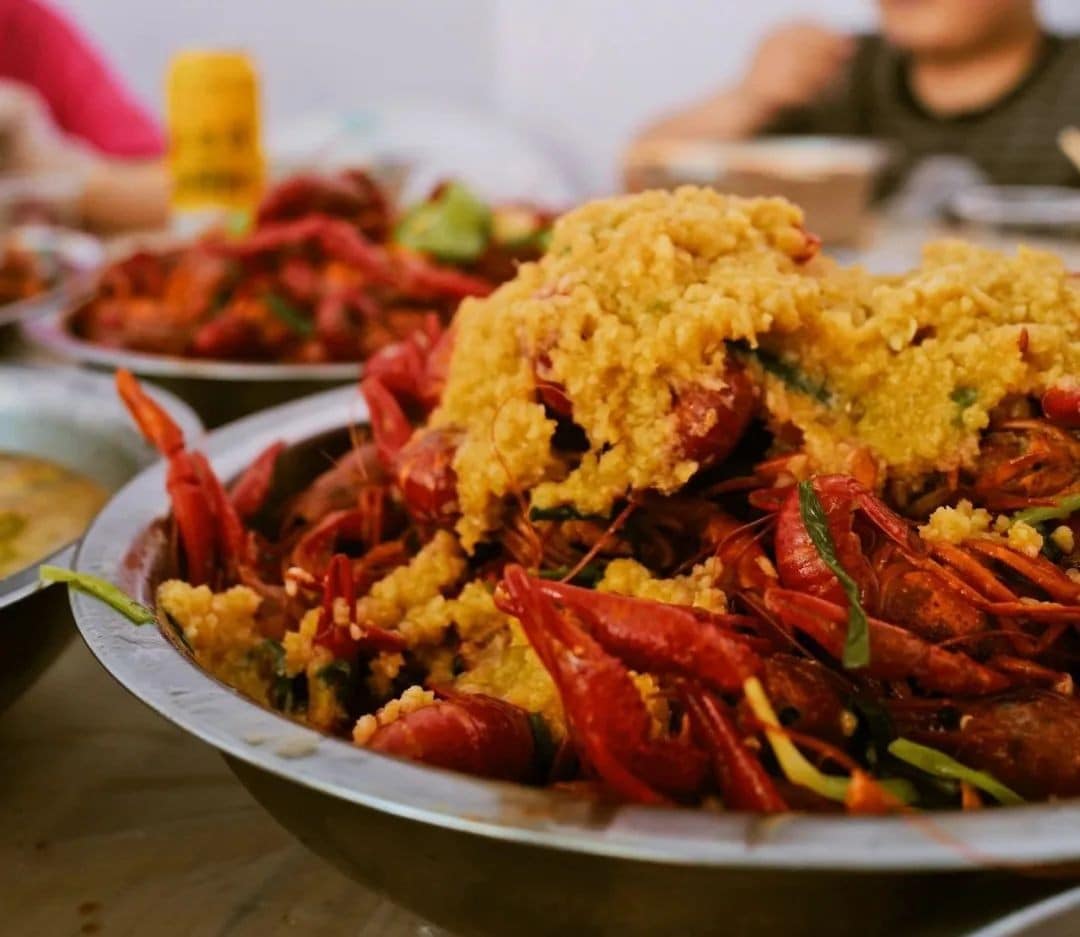
🦞
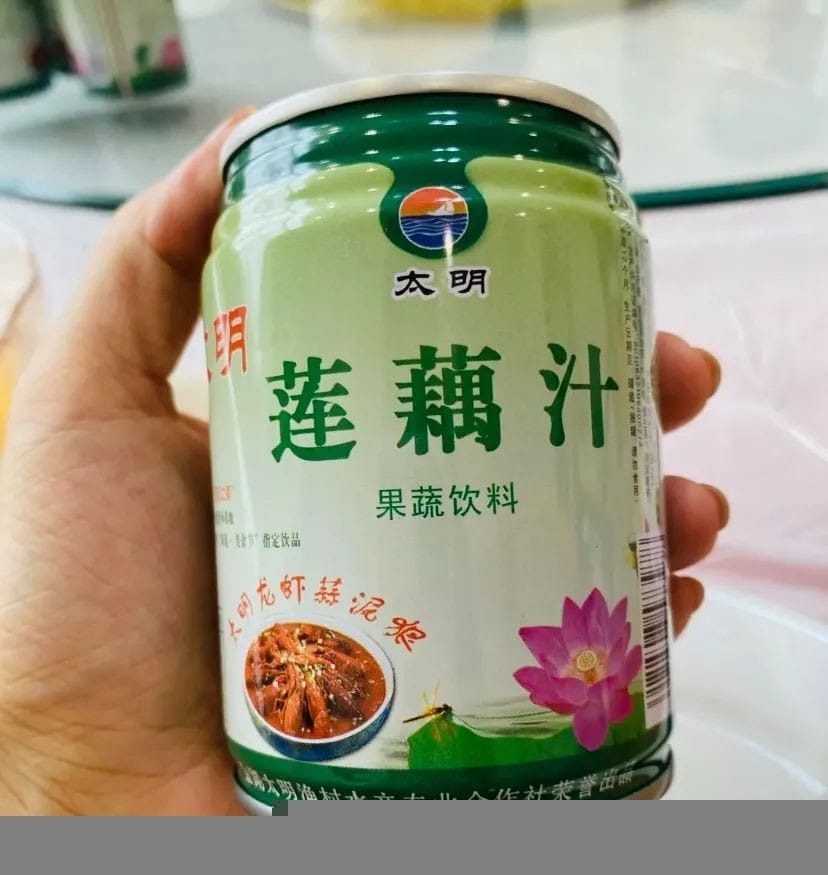
A Battle Between Crayfish Origins
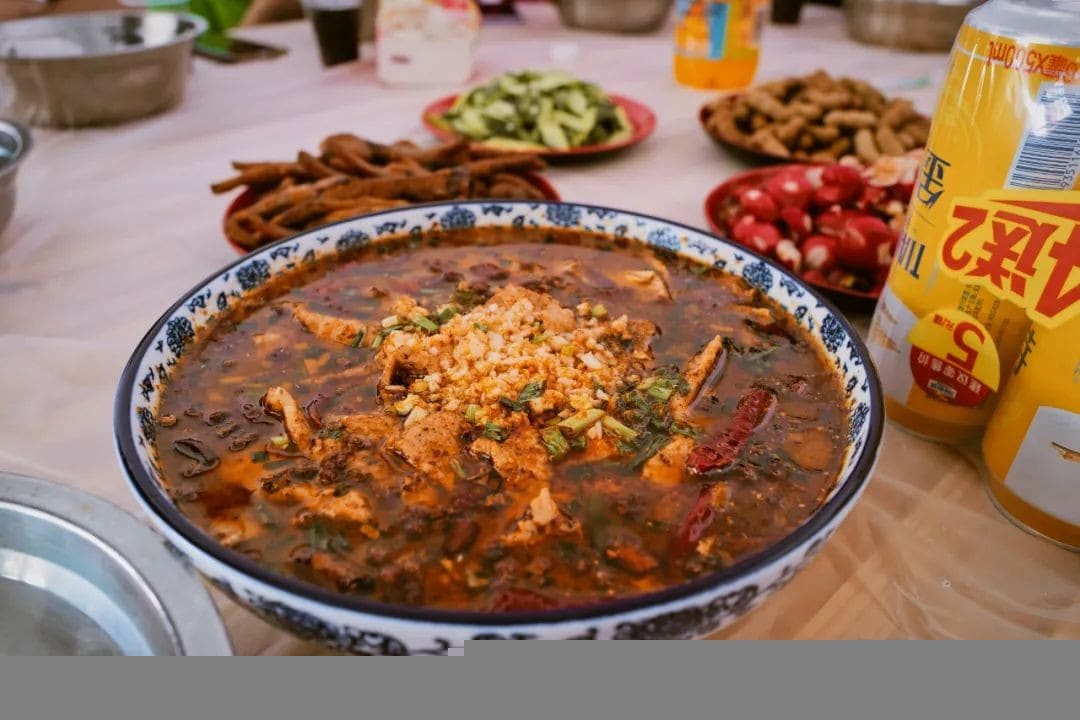
What Makes Jinhu Special?
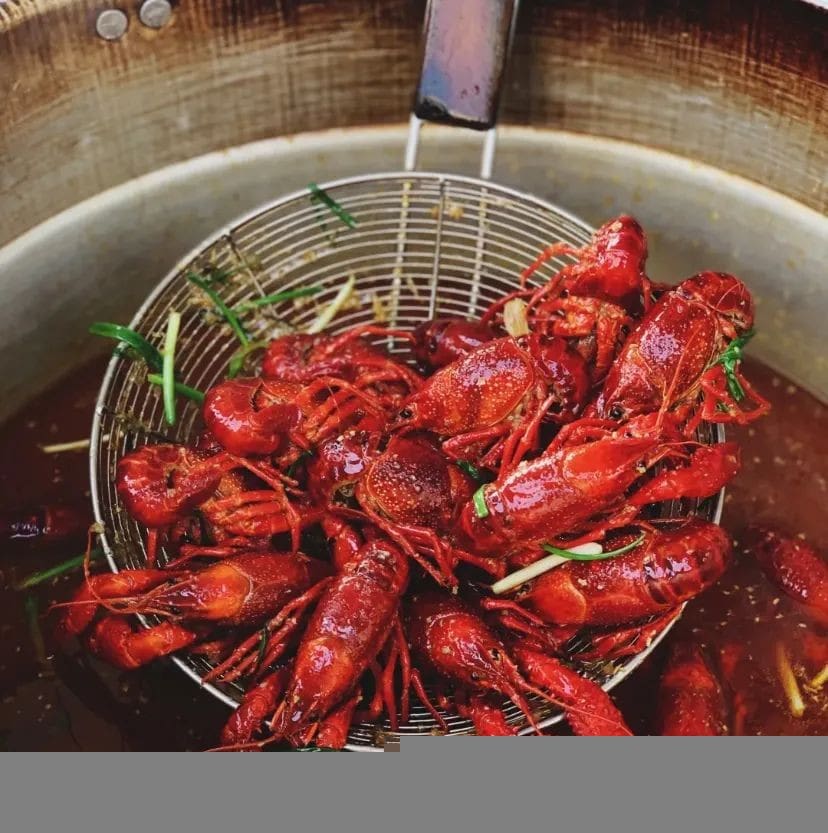
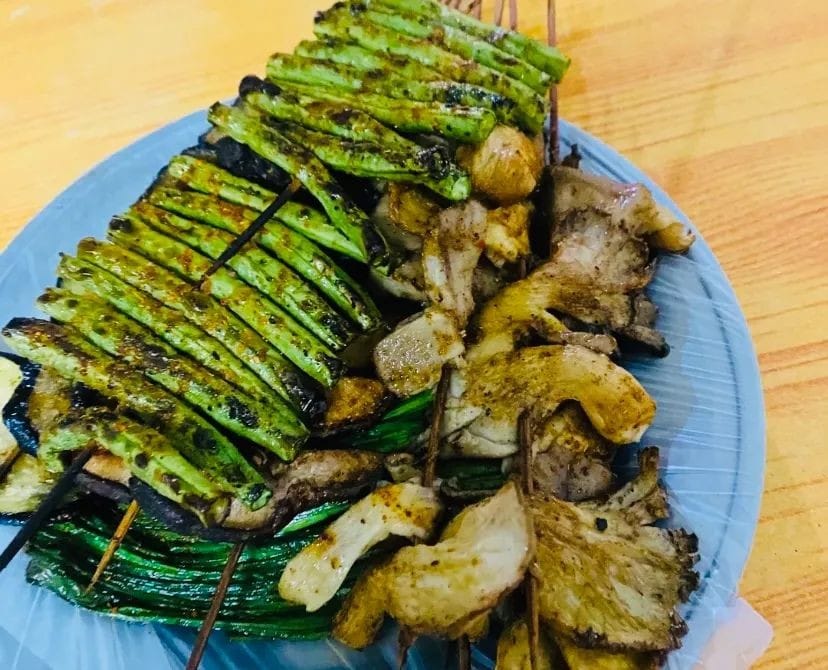
Compared to Xuyi, the most renowned pilgrimage site for crayfish in the country, Jinhu, which also produces high-quality crayfish, is indeed a blind spot for many. But if you say Jinhu’s crayfish isn’t as good as Xuyi’s, the people of Jinhu certainly won’t agree. It’s a battle of crayfish that neither side will concede.
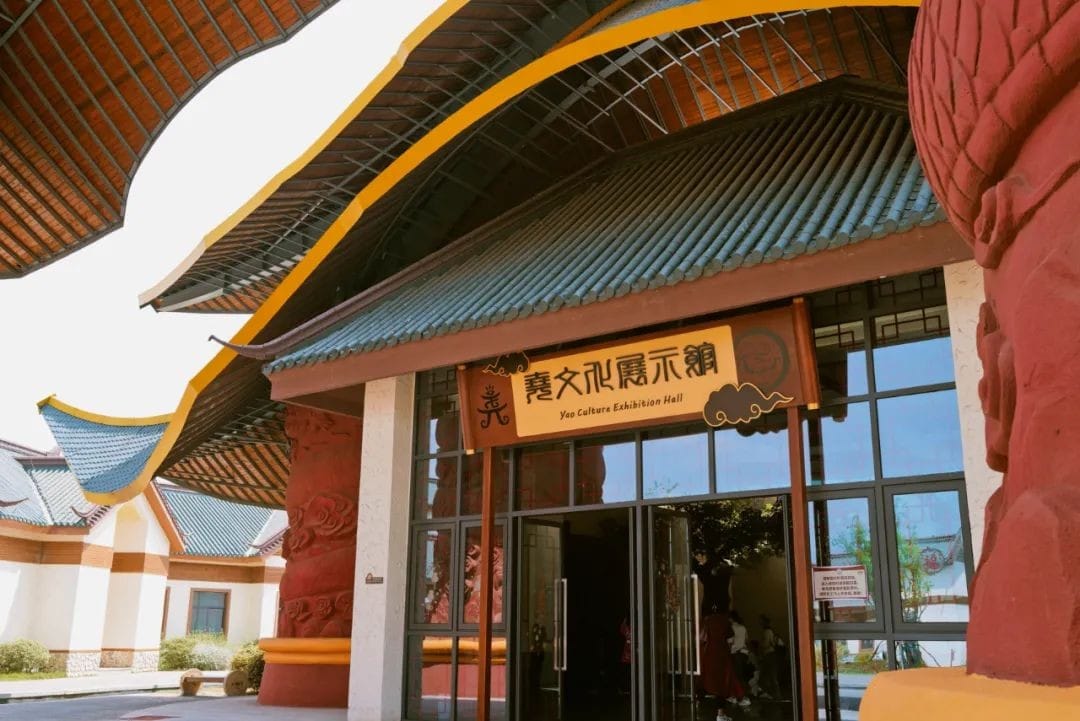
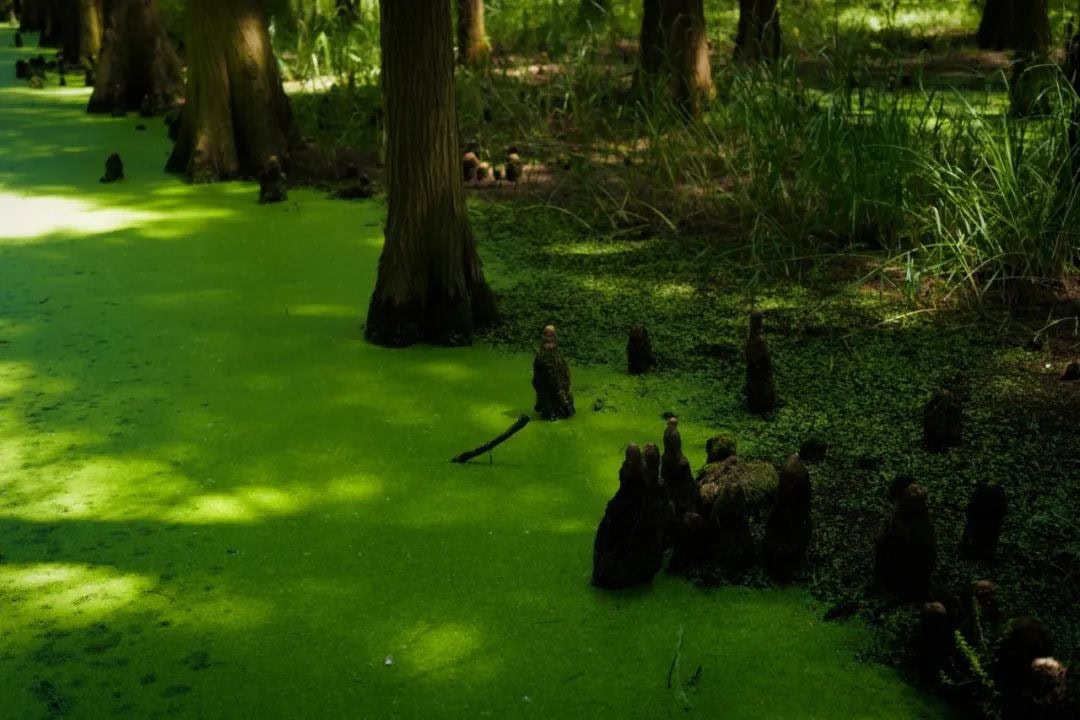

Jinhu County, like Xuyi County, is part of Huai’an City and is surrounded by the White Horse Lake, Baoying Lake, and Gaoyou Lake, with a well-developed water system and good water quality, providing perfect conditions for raising crayfish with white gills, clean bellies, and large sizes.
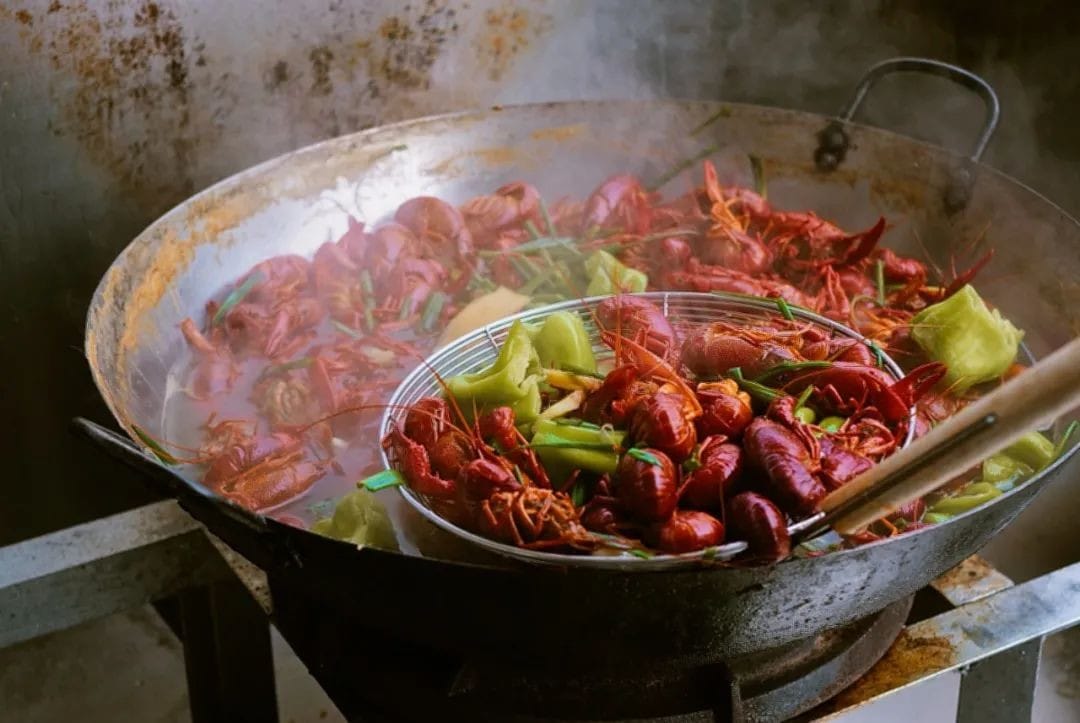
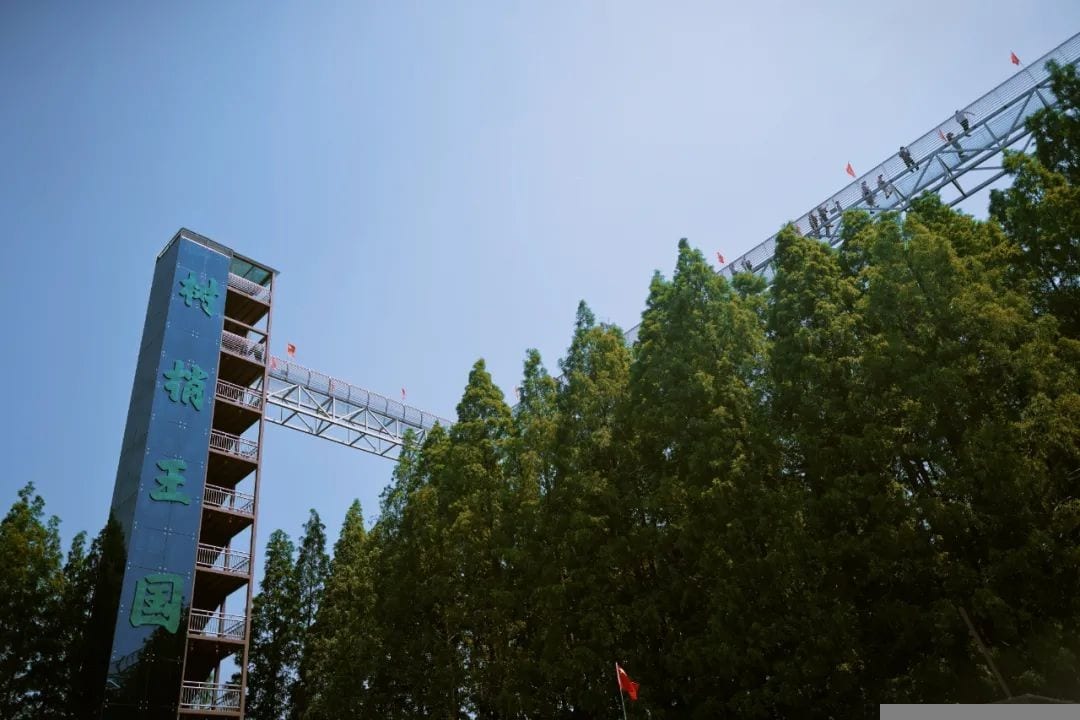
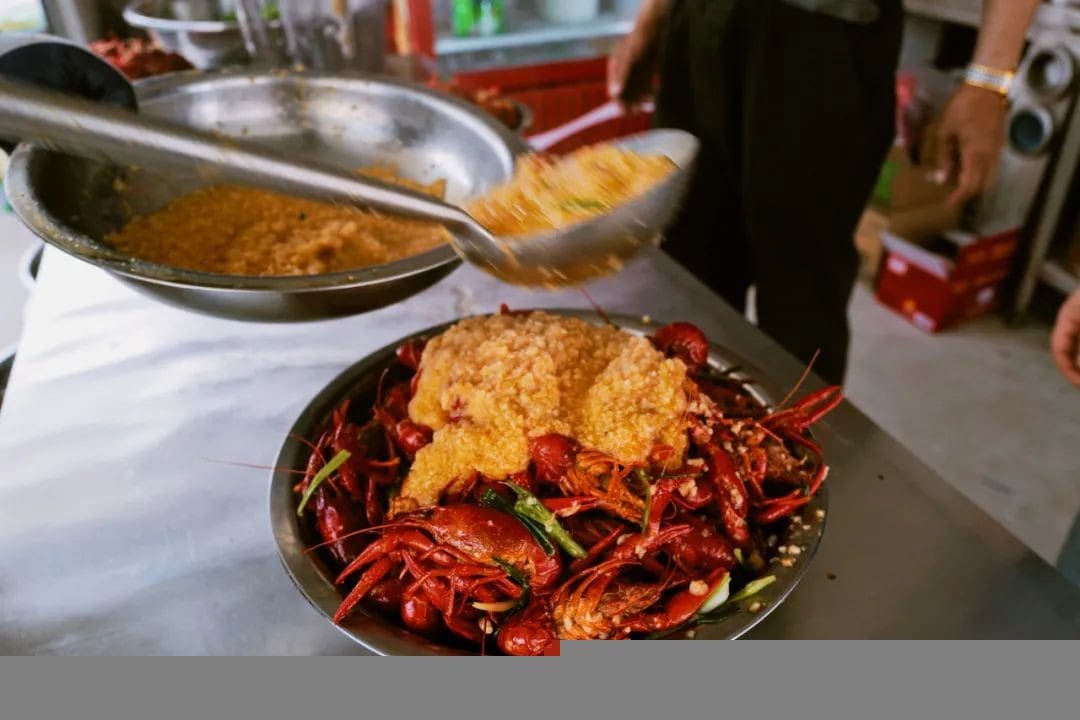
Quality doesn’t lie; you can immediately see the difference by lifting the head of the crayfish. Crayfish raised in good water quality have noticeably clean gills, and some even have white shrimp lines.
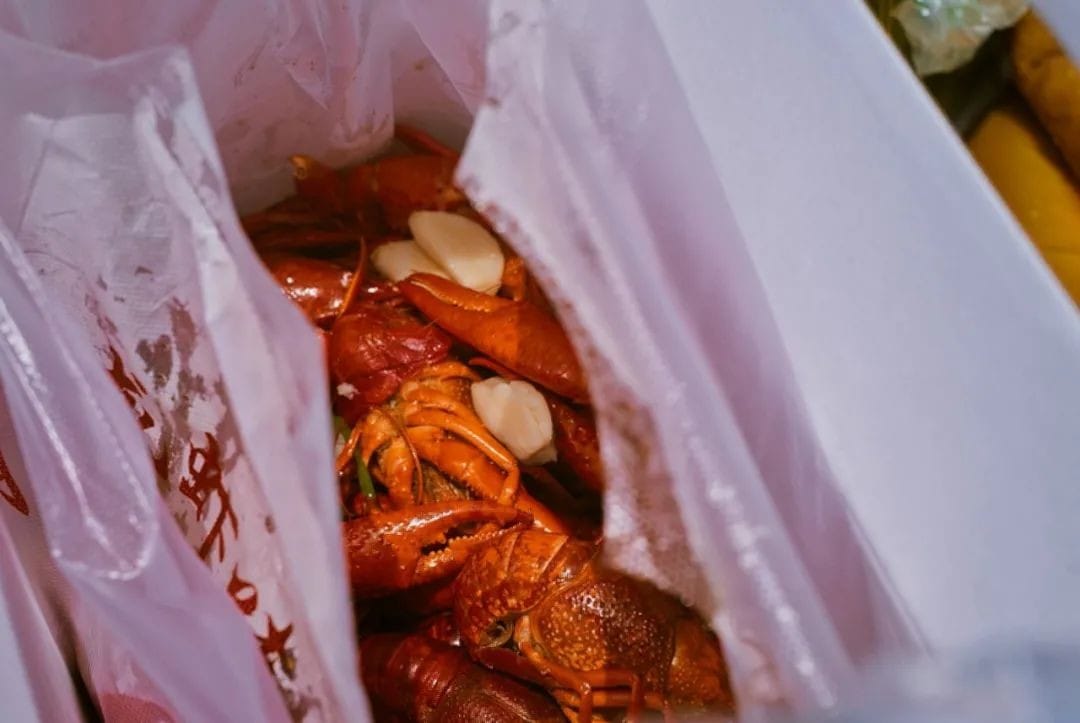
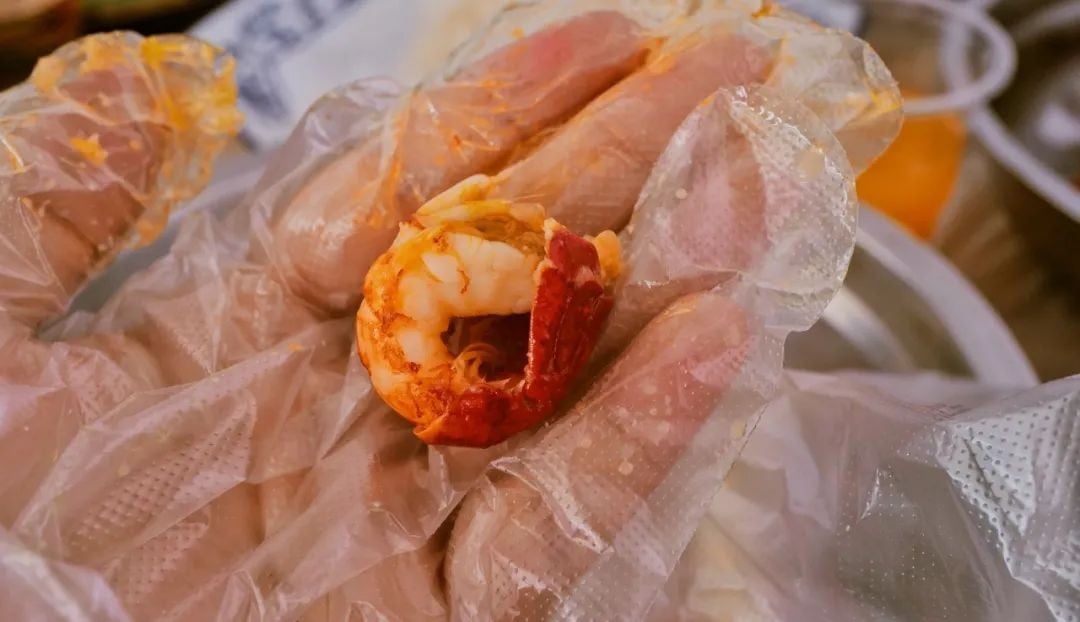
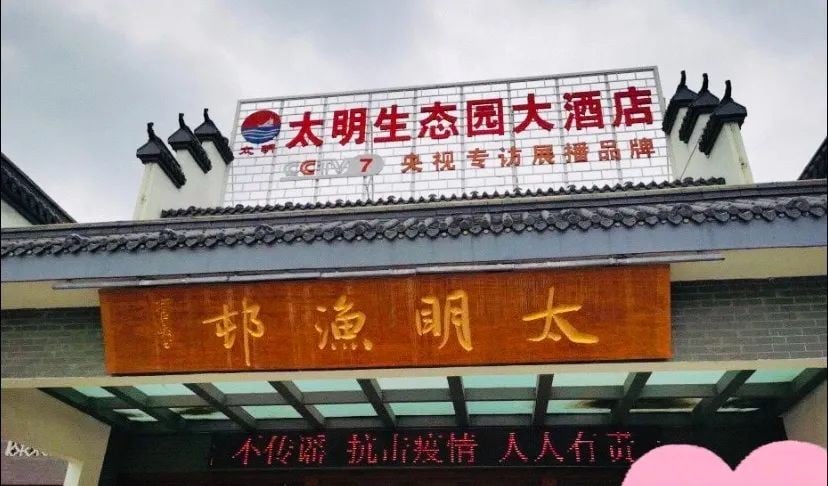
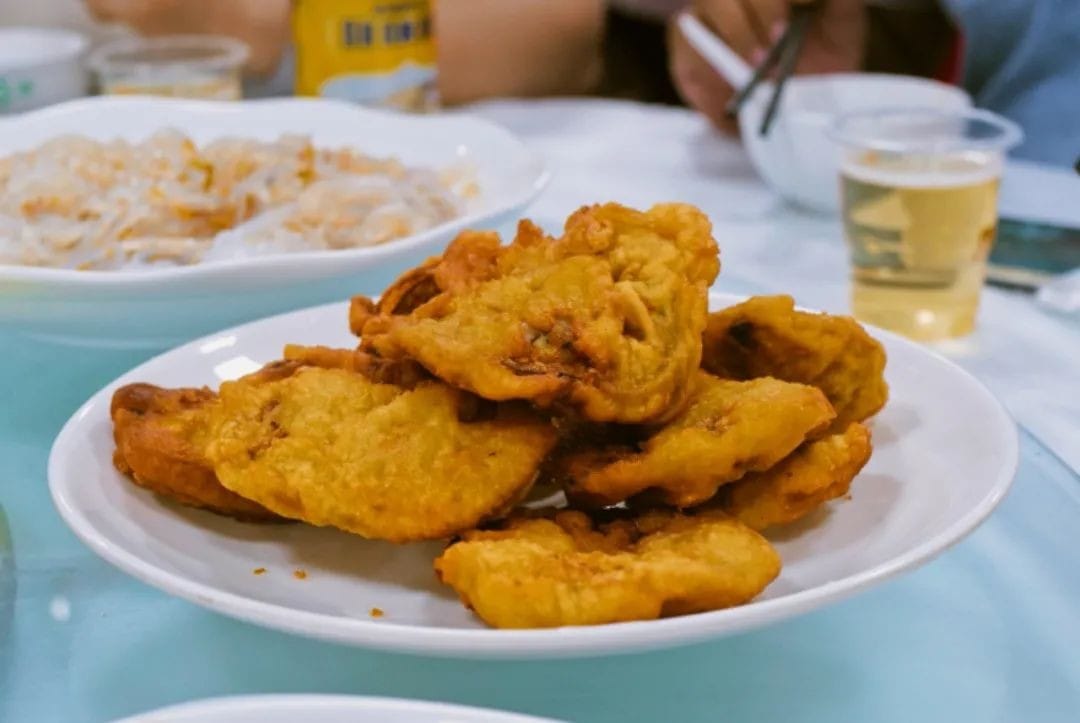
So, in terms of quality, Jinhu and Xuyi can be considered equal, both being plump and clean-loving good crayfish.
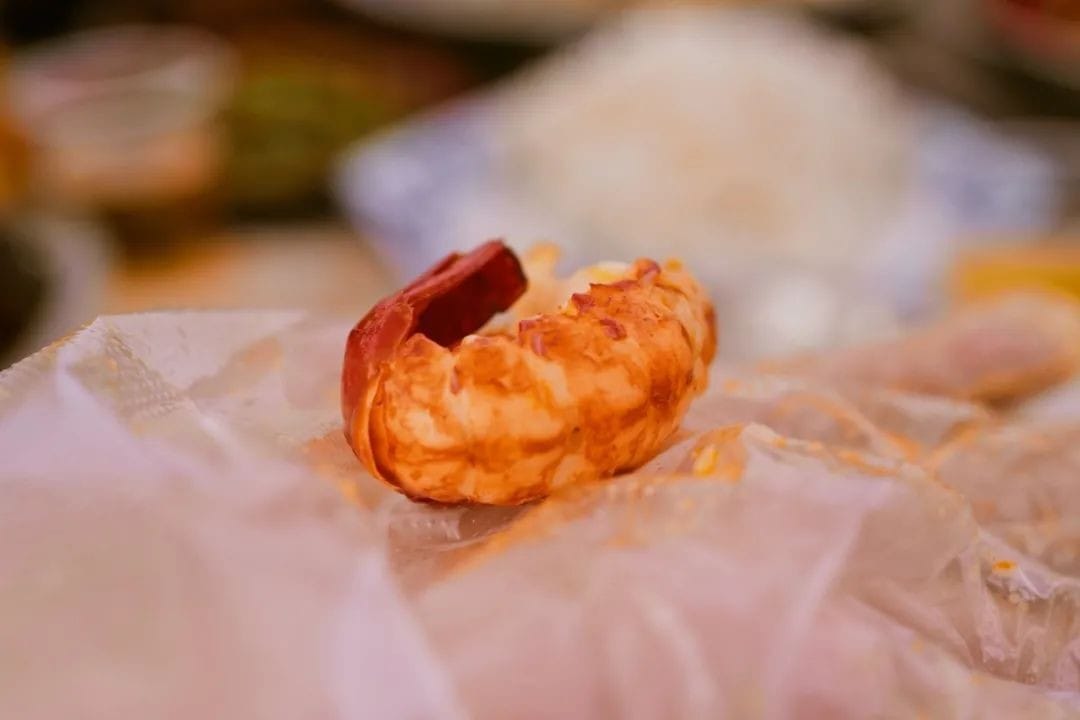
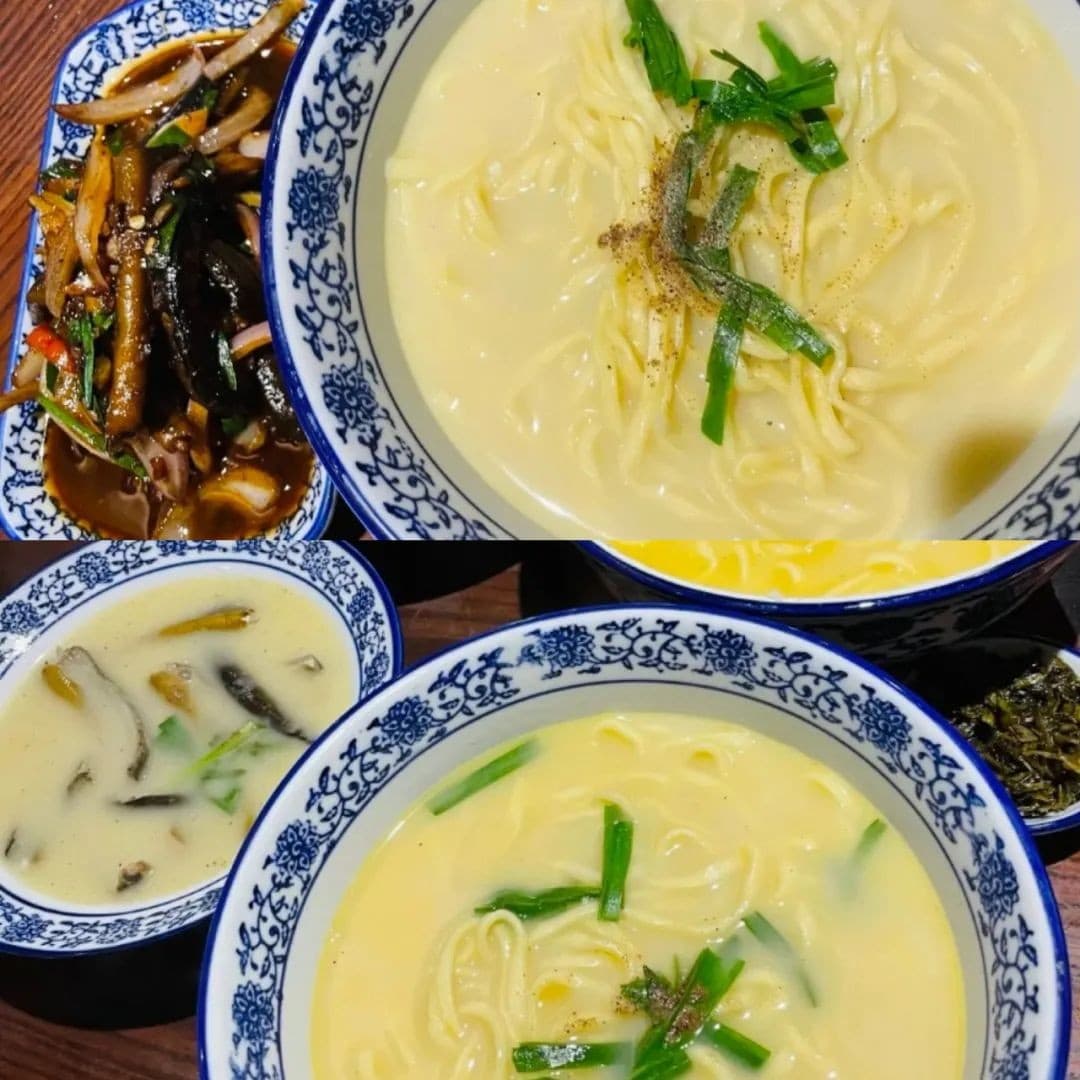
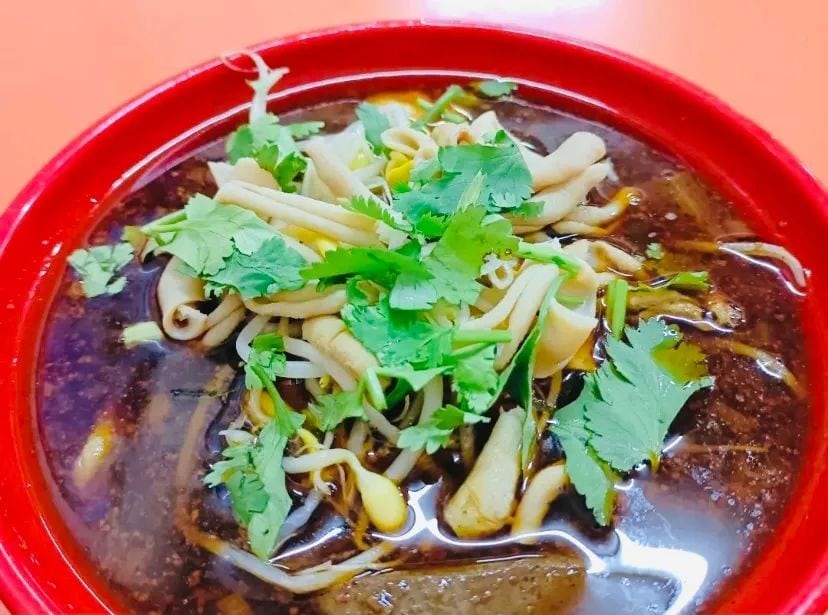
When eating crayfish at their source, besides the quality, the biggest advantage is undoubtedly the freshness of the ingredients.
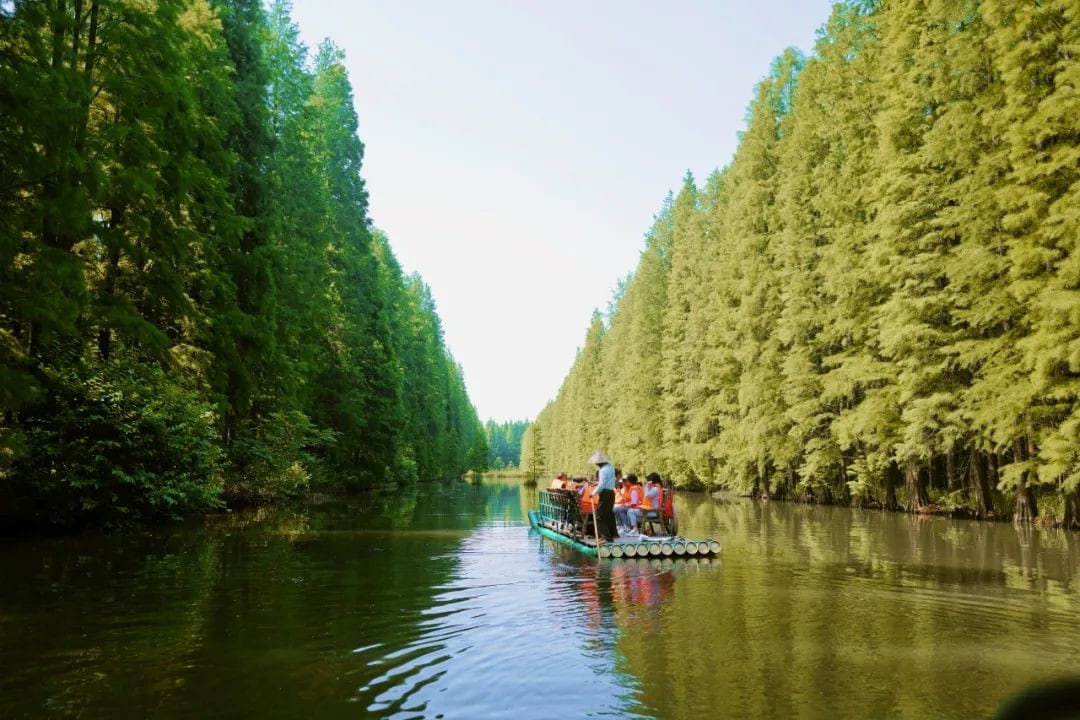
Eating crayfish caught from the lake that very day is a privilege for diners visiting Jinhu. Restaurant staff sit at the door, selecting each crayfish one by one, ensuring strict quality control. A crayfish restaurant might very well be backed by a crayfish farm, where you can even ask the owners for tips on making a fortune.
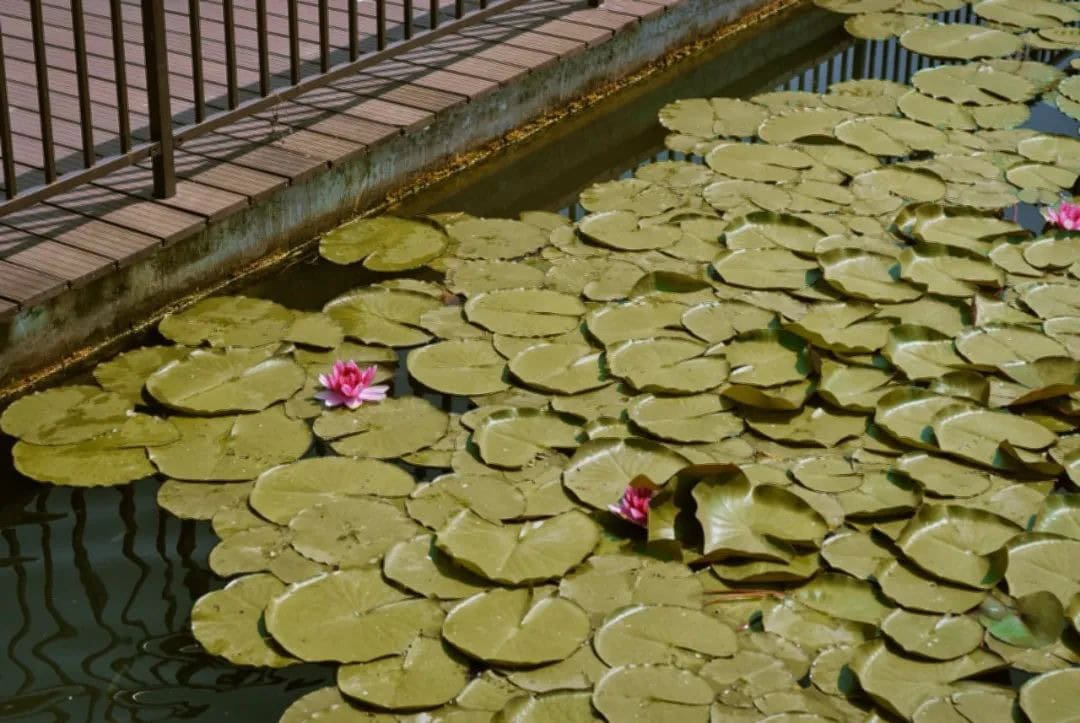
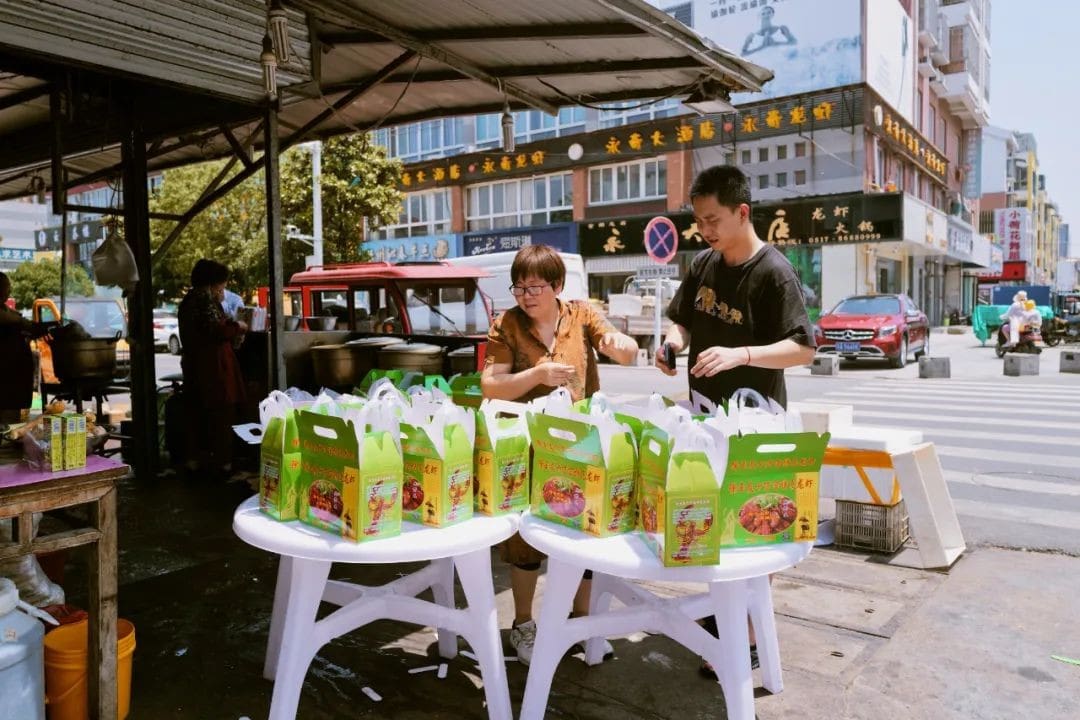
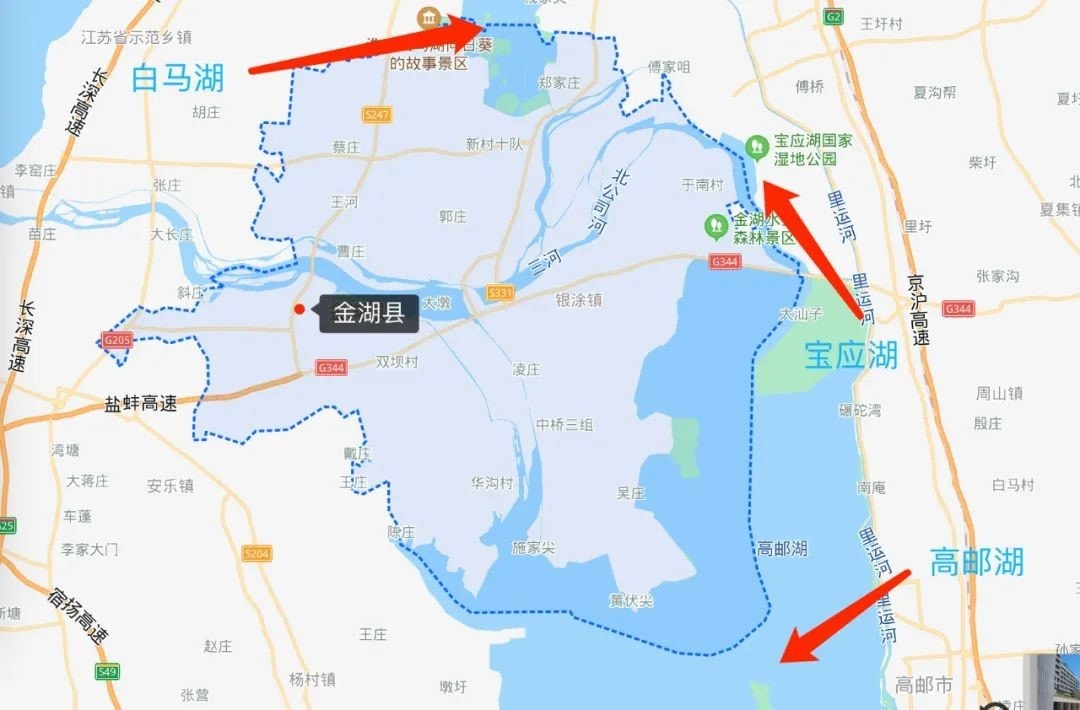
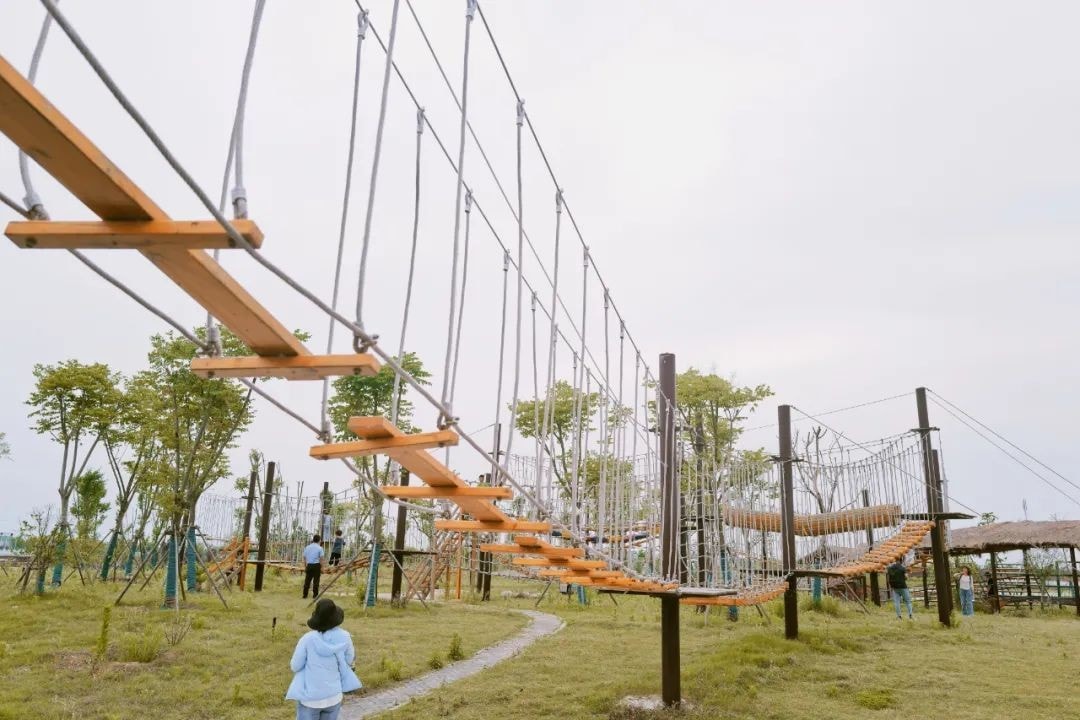
Unlike ordinary restaurants, most places here offer “nationwide delivery.” Freshly cooked crayfish are packed into boxes and sent to homes across the country, truly benefiting foodies, with neighboring provinces receiving them the next day.
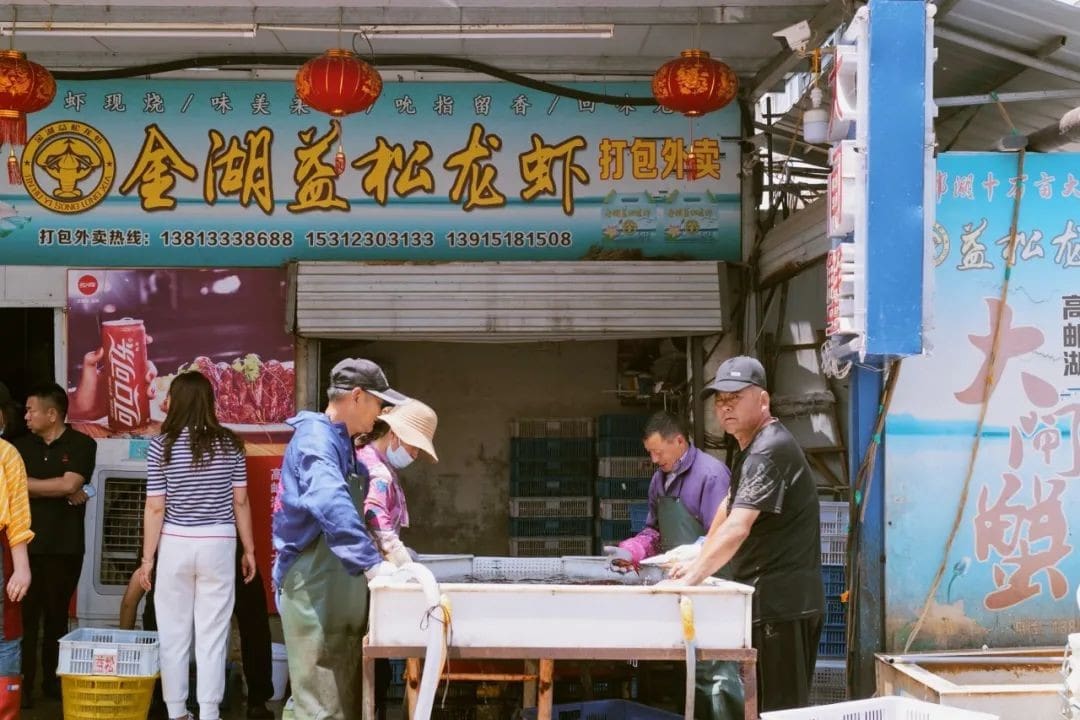
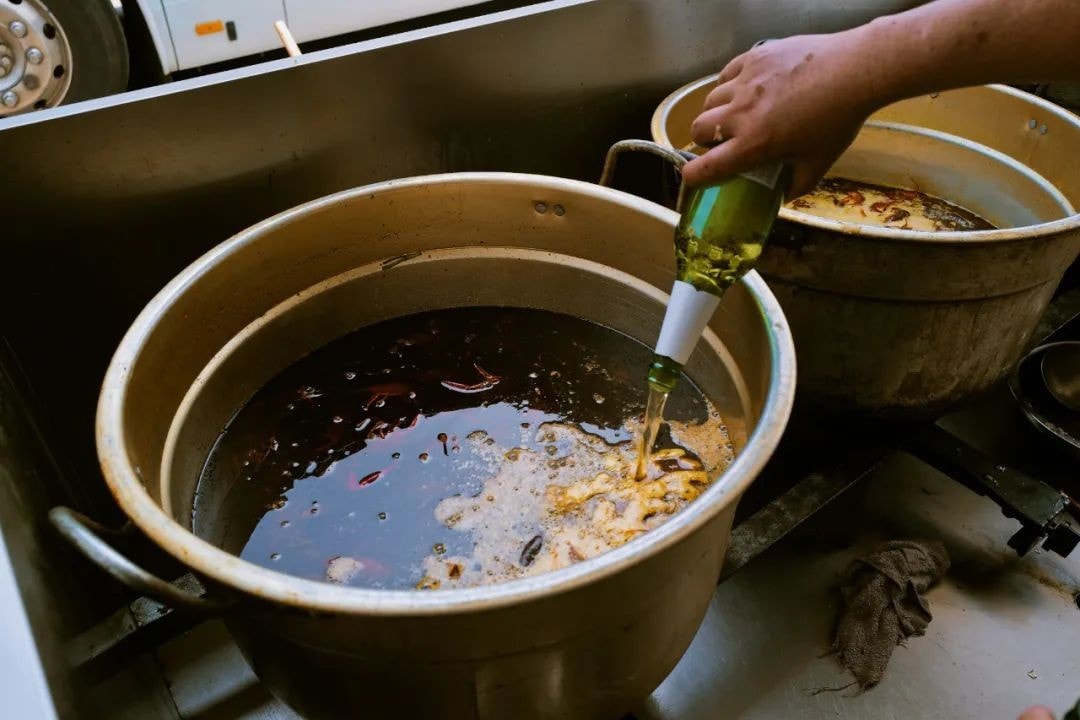
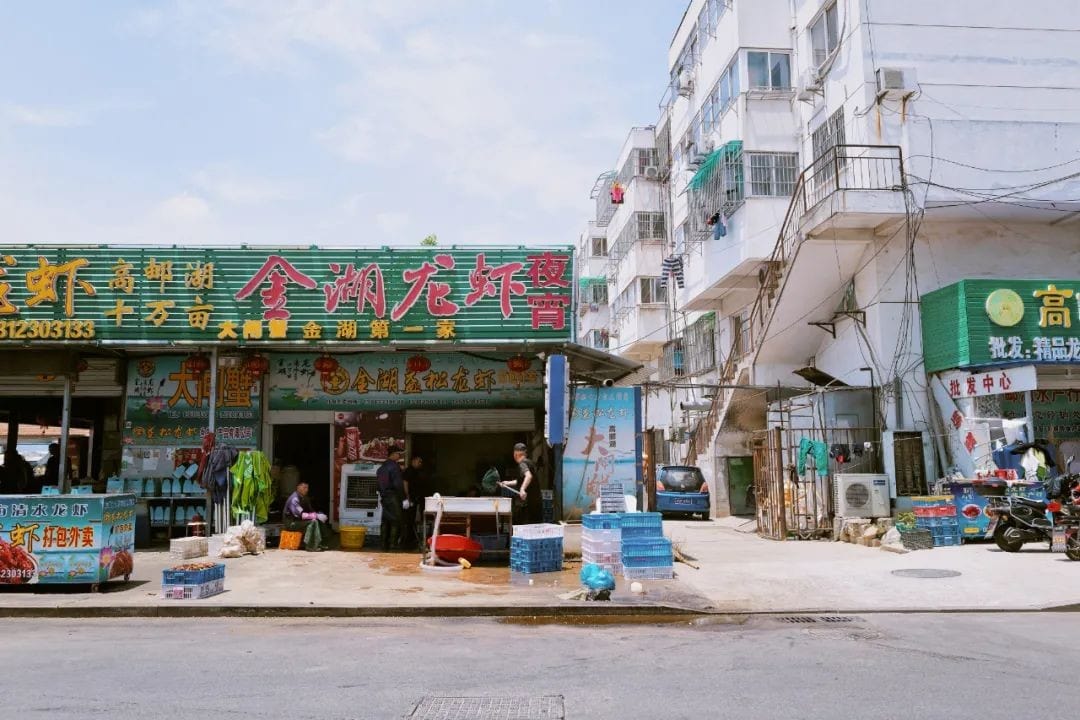
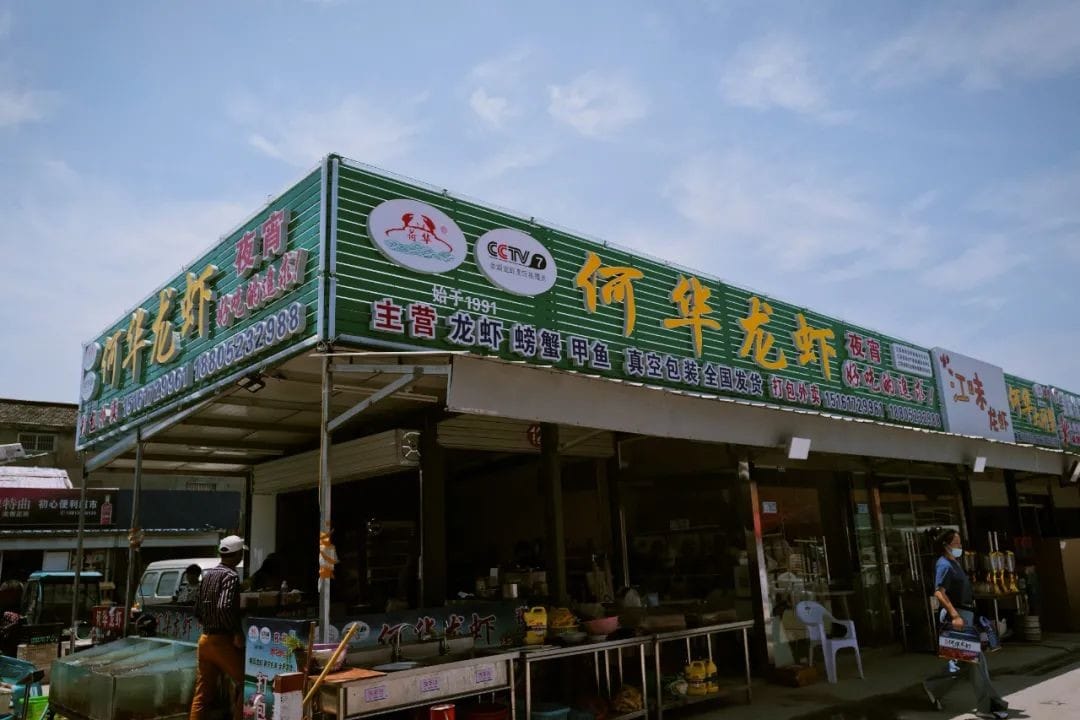
I suspect that people who like Jinhu crayfish probably also enjoy dishes with strong garlic flavors. While Xuyi has made its name with the thirteen-spice cooking method, Jinhu has innovated with a garlic flavor.
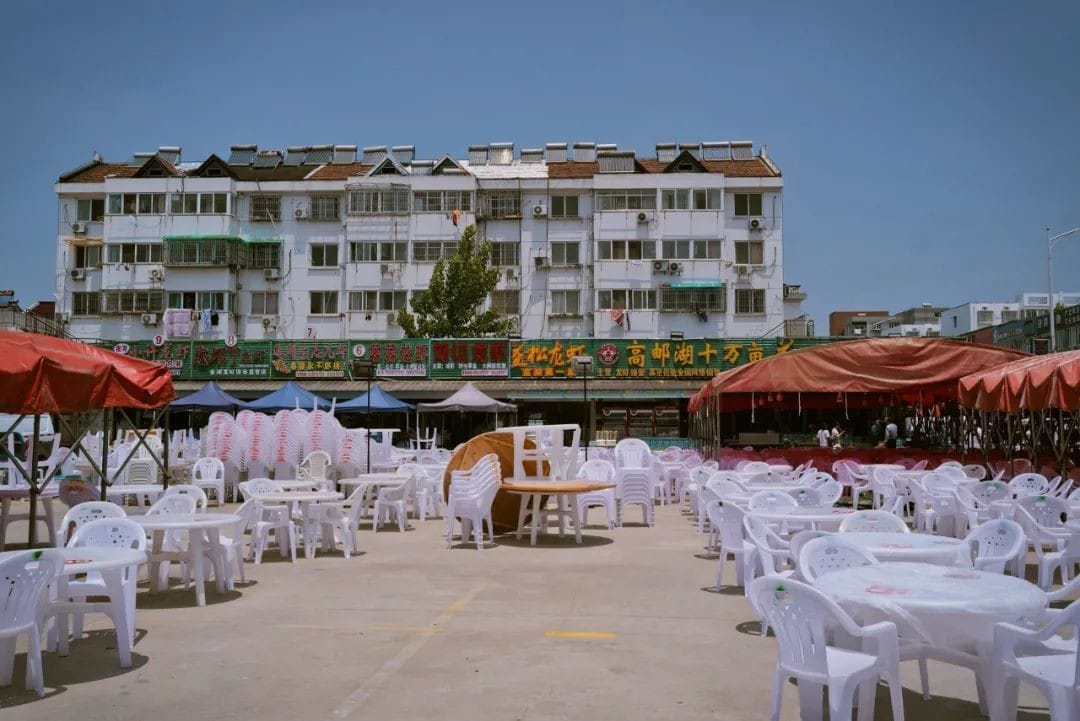
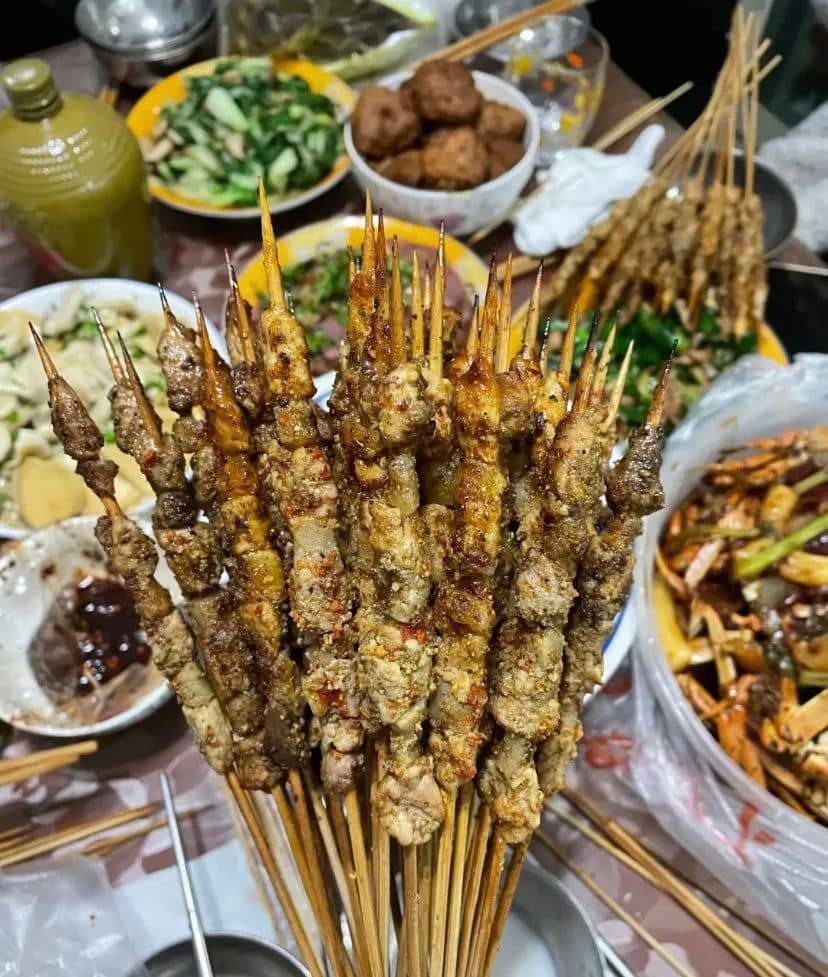

After scrubbing the crayfish clean, they are placed in a large pot of secret broth, with two bottles of beer added to remove the fishy smell. After boiling, various seasonings are added, with crushed garlic and lard being the key ingredients.
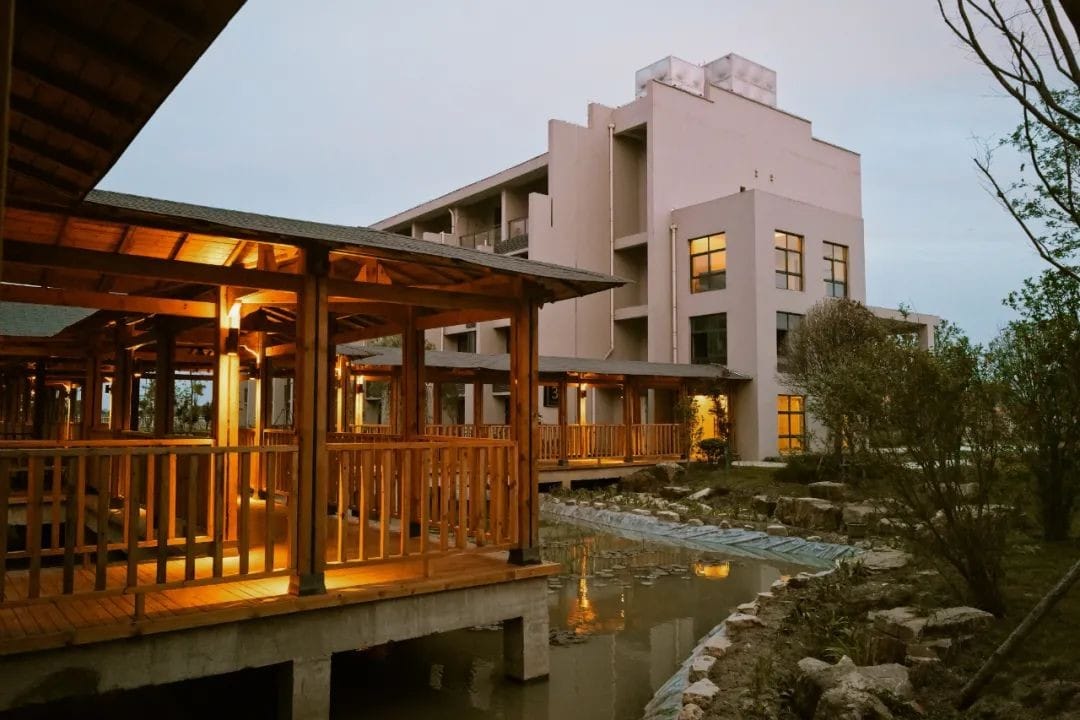
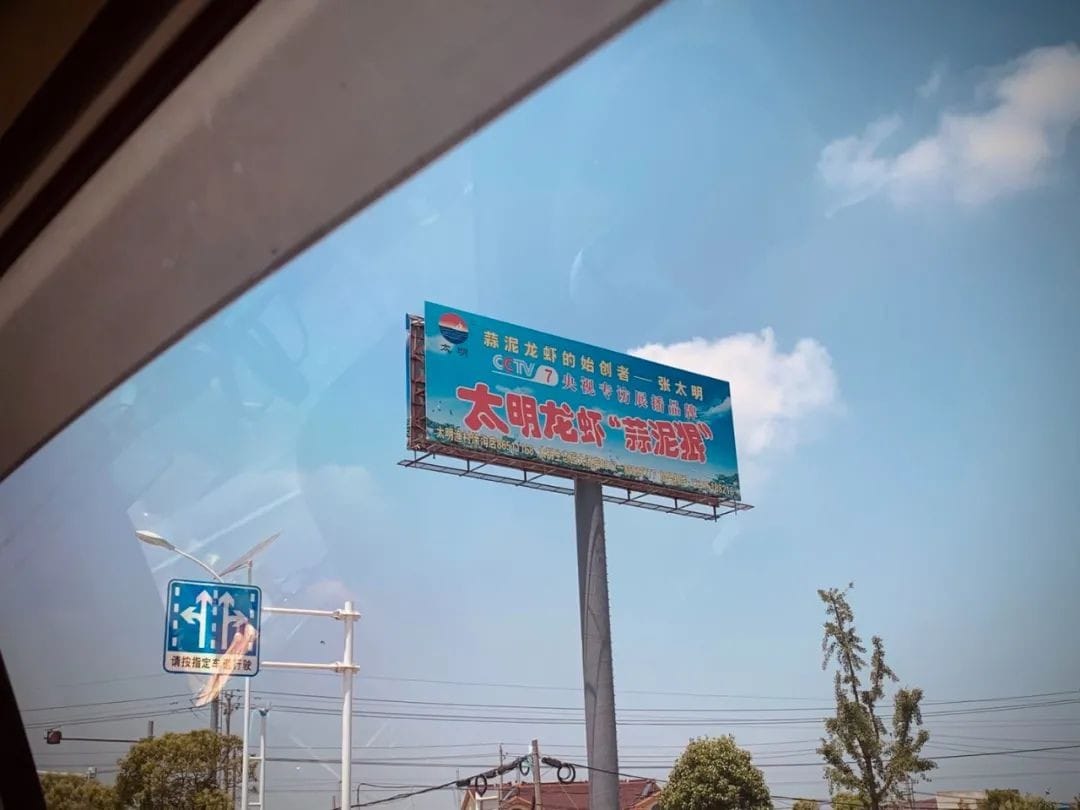
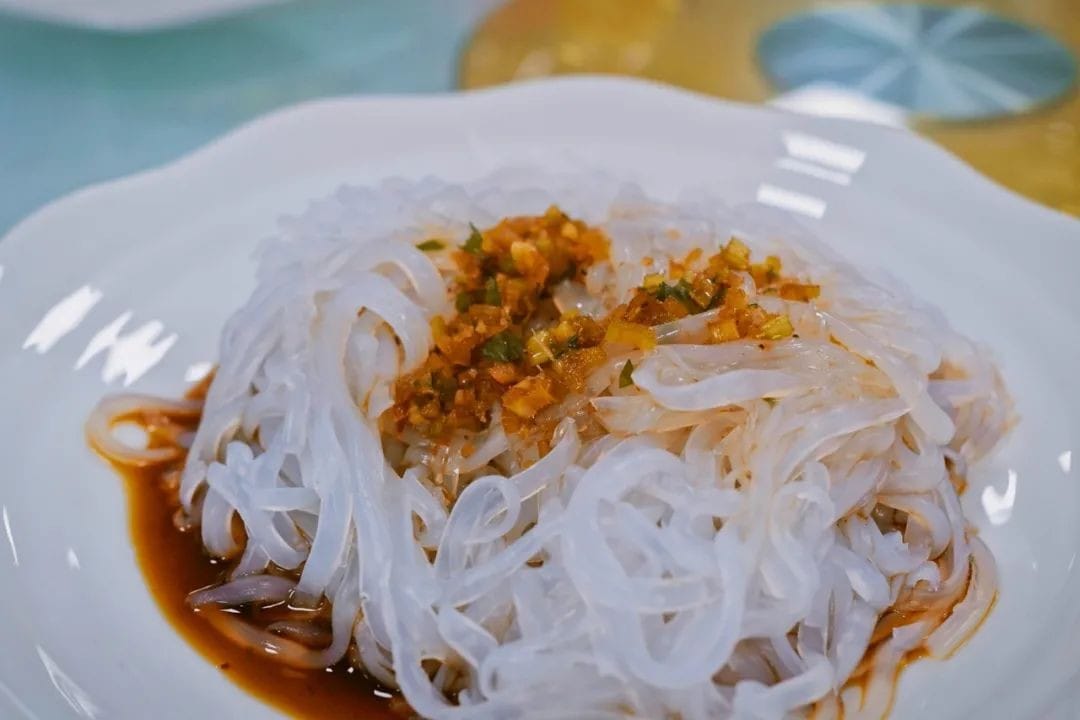

Once the crayfish are cooked, the chef uses a sieve to scoop out the garlic that has absorbed the flavors, which is then poured into the pot along with the broth, completing a delicious garlic crayfish dish.
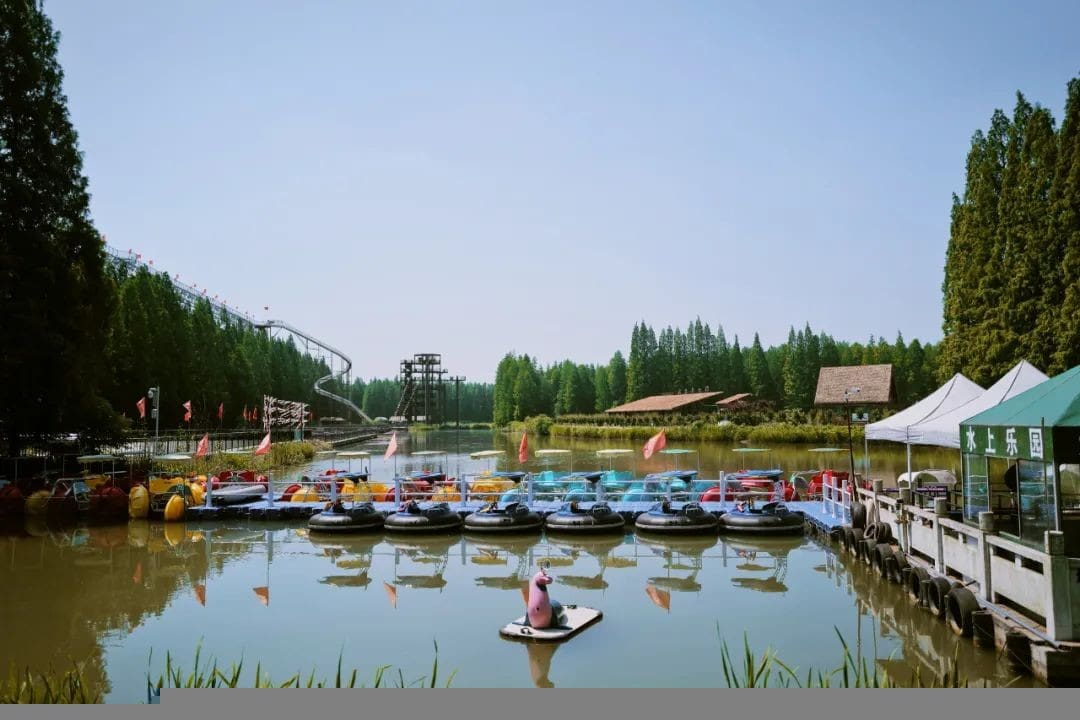
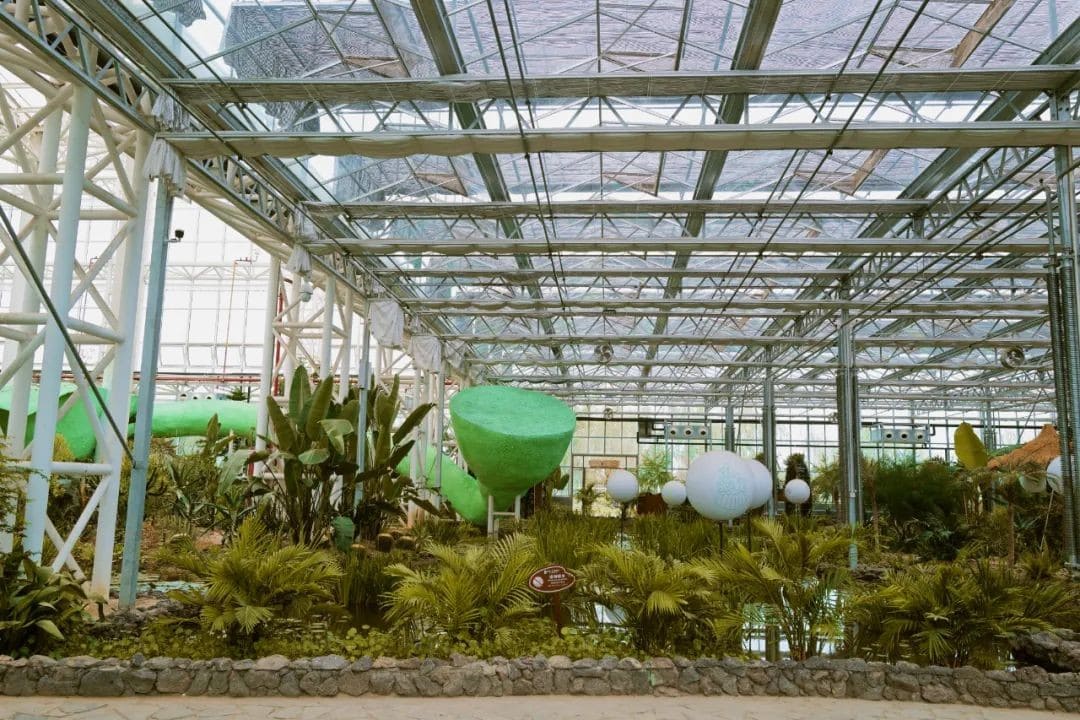
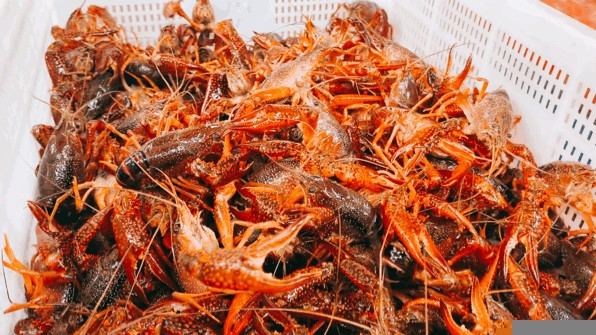
If you drive to Jinhu to eat crayfish, you’re likely to encounter this massive sign on the road. Tai Ming Crayfish, which has made garlic its signature, not only has a large farm but has also opened restaurants in other cities, pitting Jinhu’s garlic crayfish against Xuyi’s thirteen-spice crayfish.
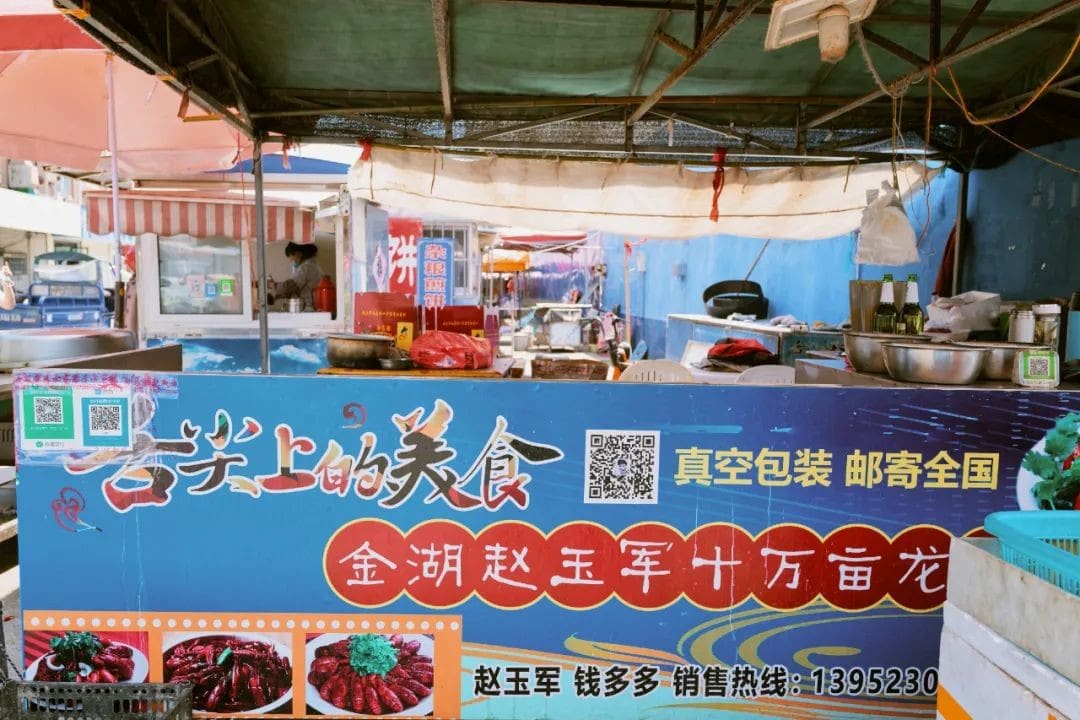

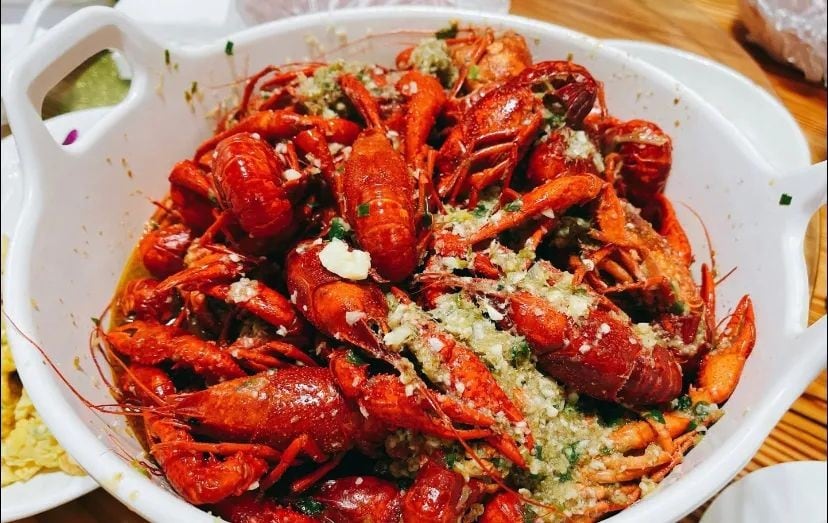
However, taste is truly a mysterious thing. Restaurants away from the original location often adapt their recipes to local tastes. I’ve heard Xuyi natives complain that the thirteen-spice flavor here isn’t quite right.
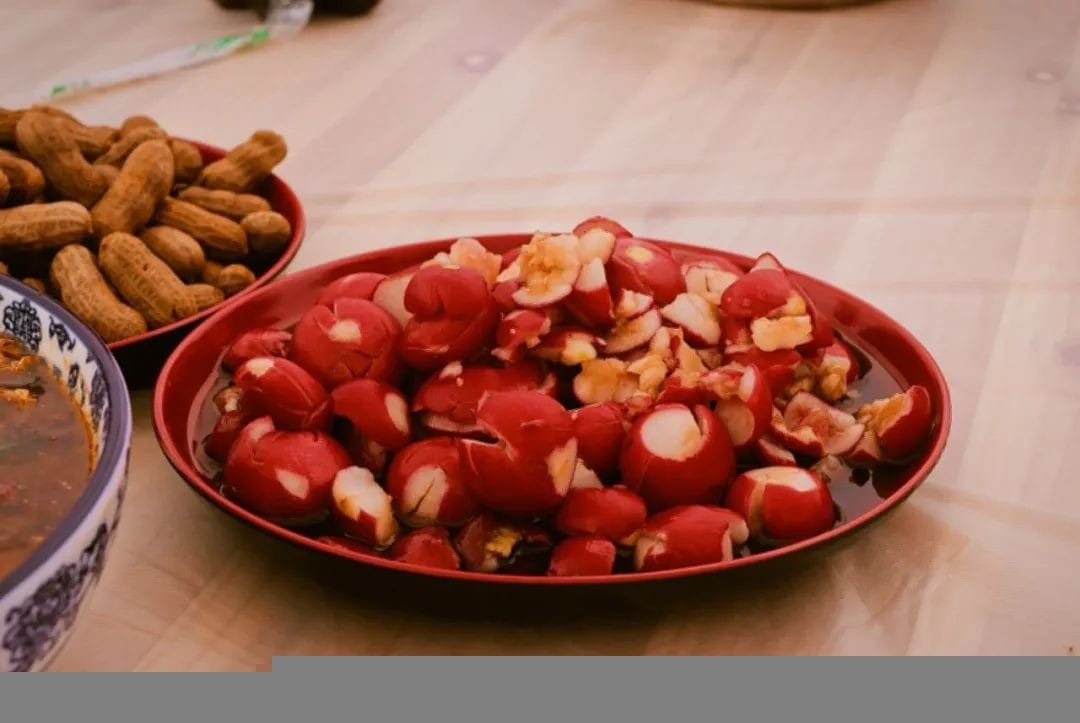
This logic applies to garlic sauce as well. Only by visiting Jinhu can one truly understand what the “authentic” garlic sauce crayfish tastes like.
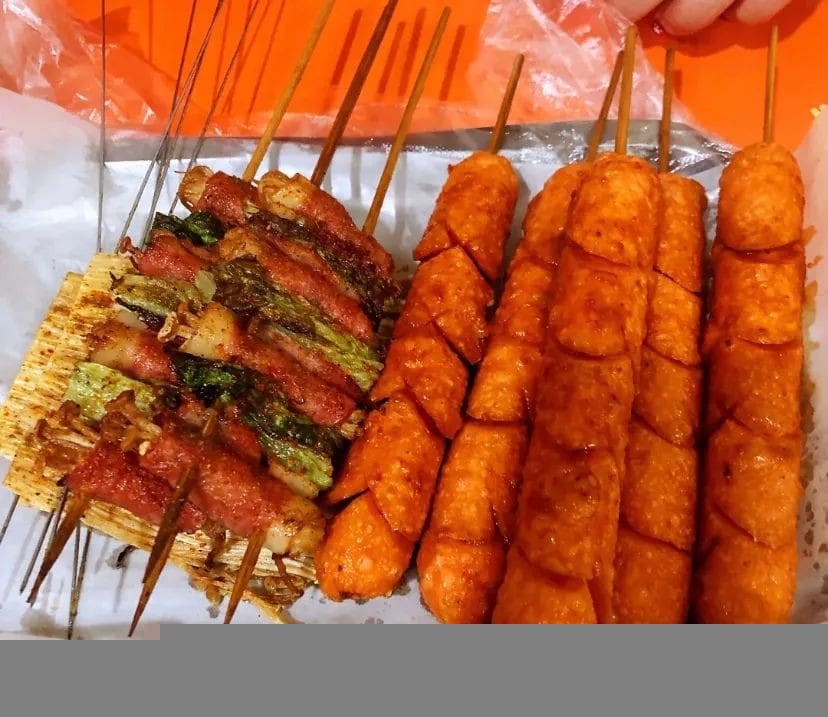
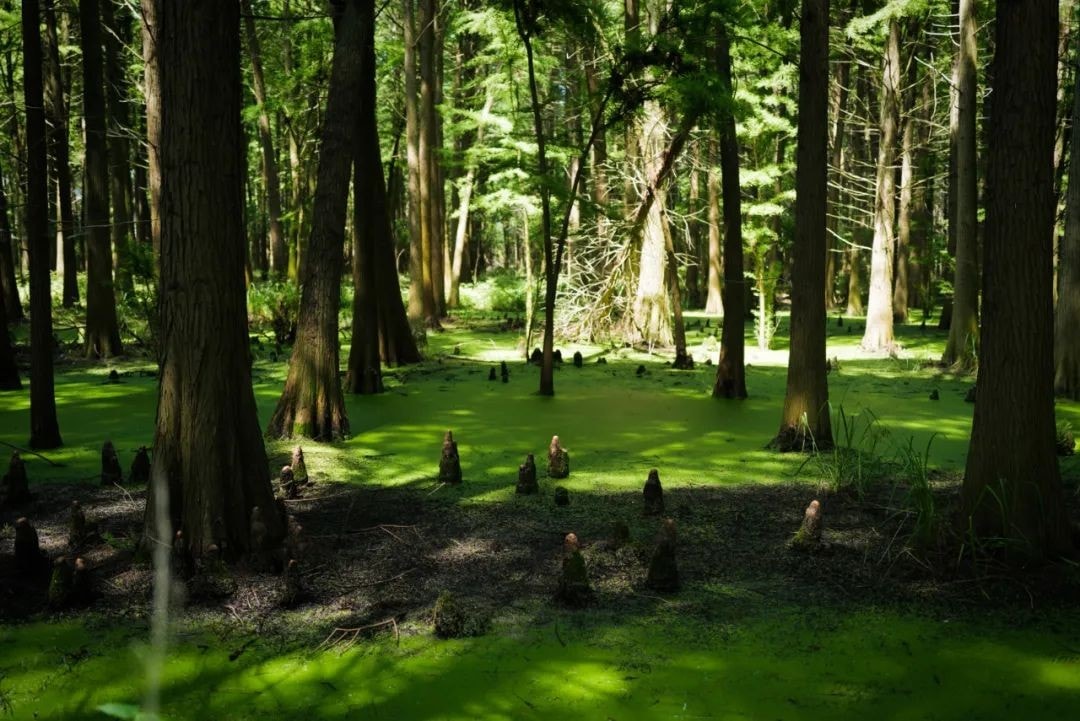
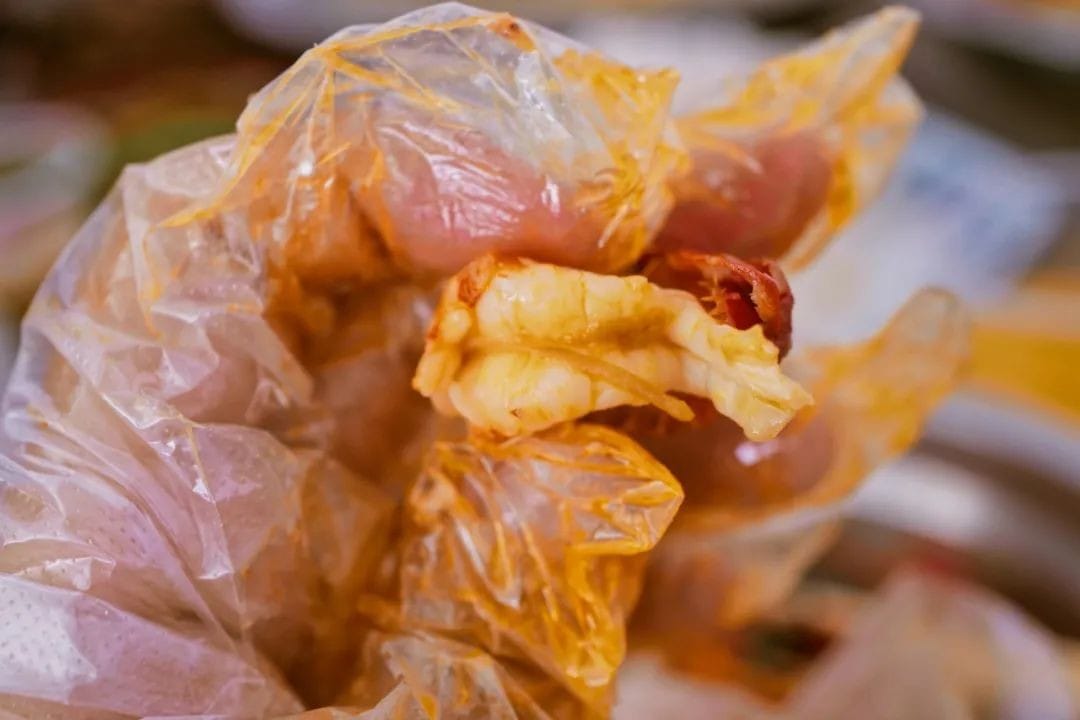
Tastes are not about right or wrong, only preferences. I have met people from Xuyi who come to Jinhu specifically for the crayfish every year. The choice of where to eat crayfish largely depends on what flavor you prefer. If you are a garlic lover, then Jinhu is definitely the right place for you.
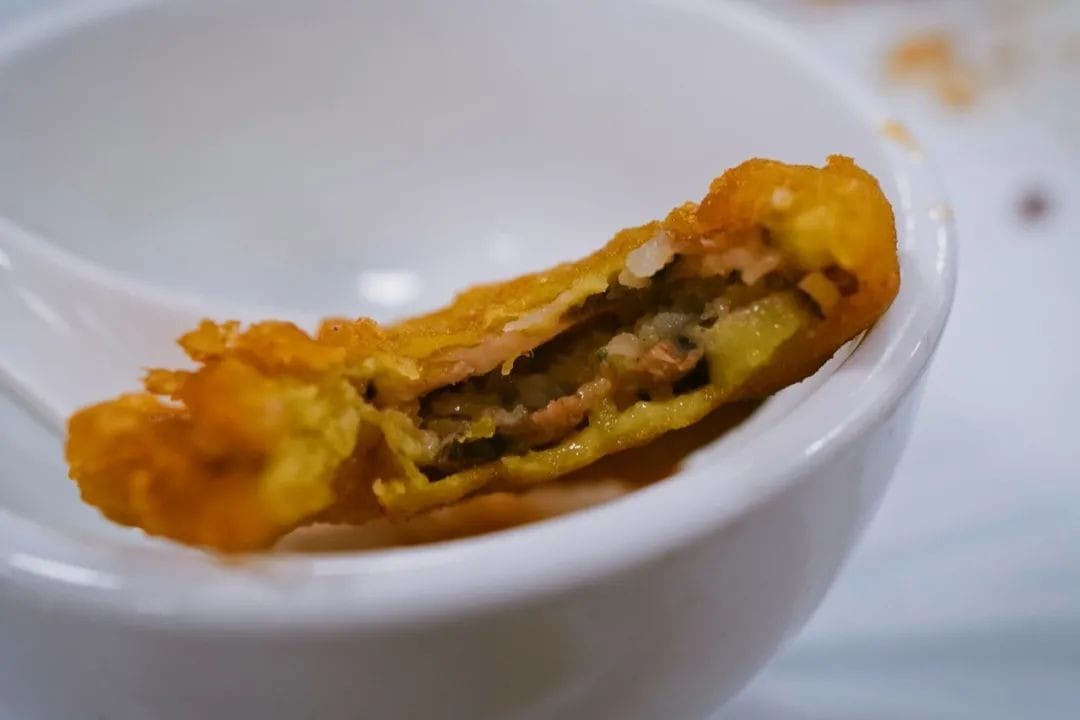
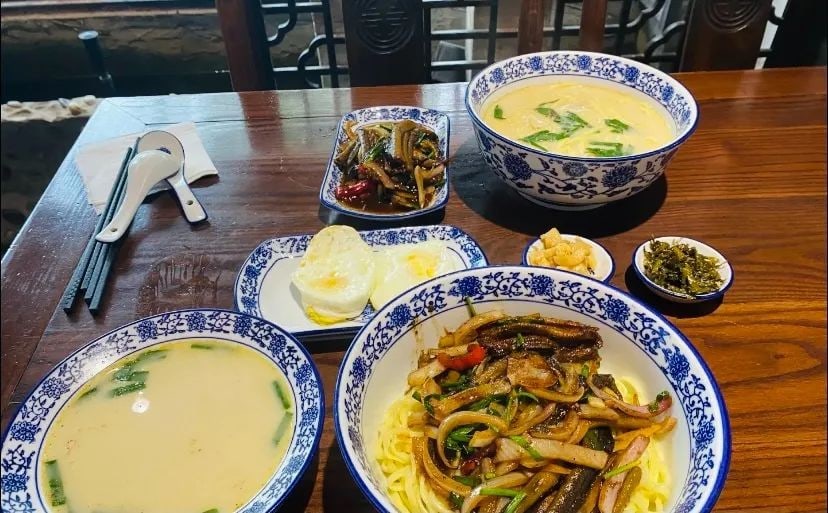
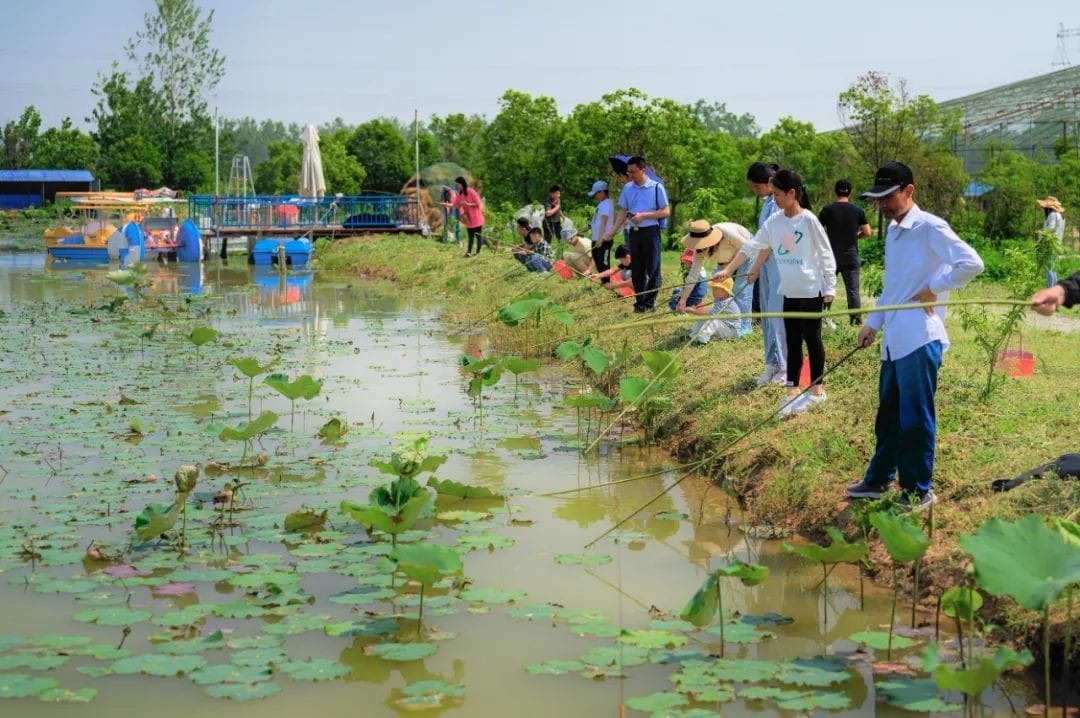
So, who wins in the battle of crayfish?
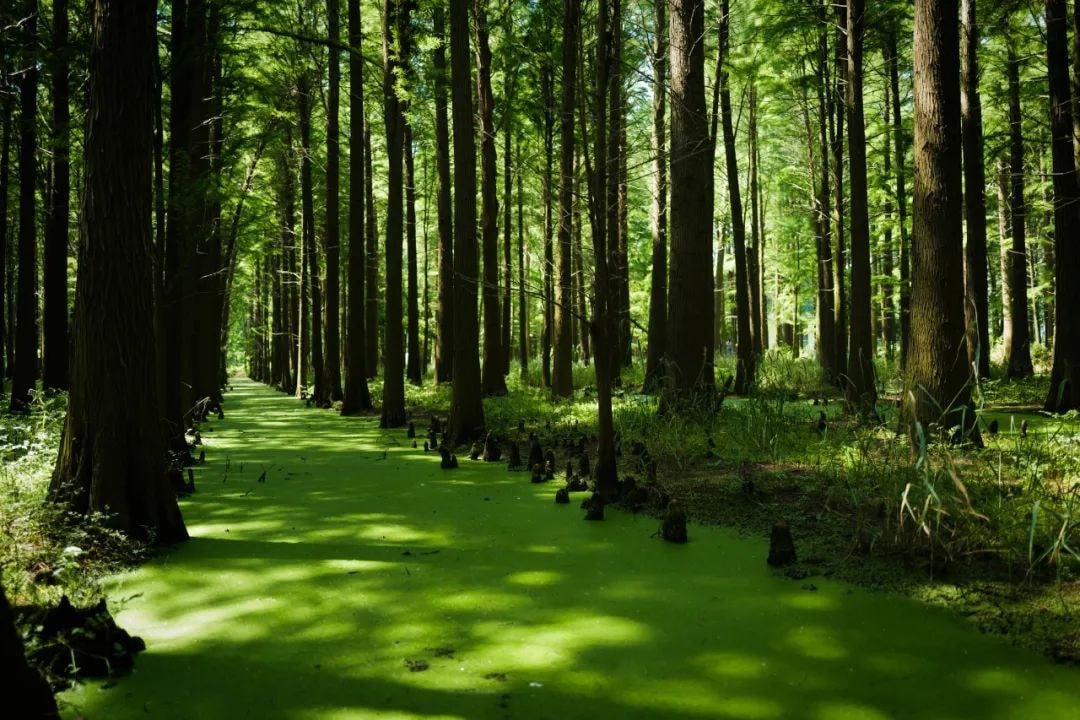
I can only say that Xuyi’s early and effective marketing has given it an edge. Even now, Jinhu’s garlic sauce crayfish is still not as well-known, despite its equally excellent taste and quality. Moreover, there are plenty of things to do here, with both cultural and natural attractions, making it especially suitable for families with children (more details in the following sections).
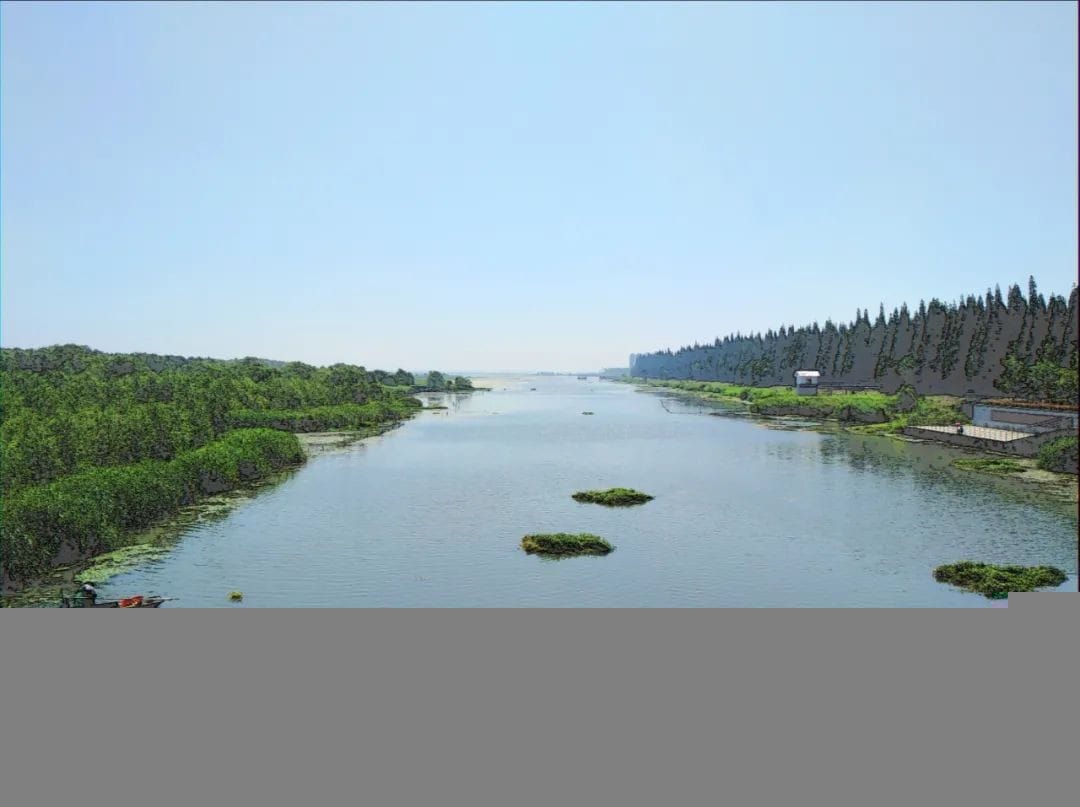
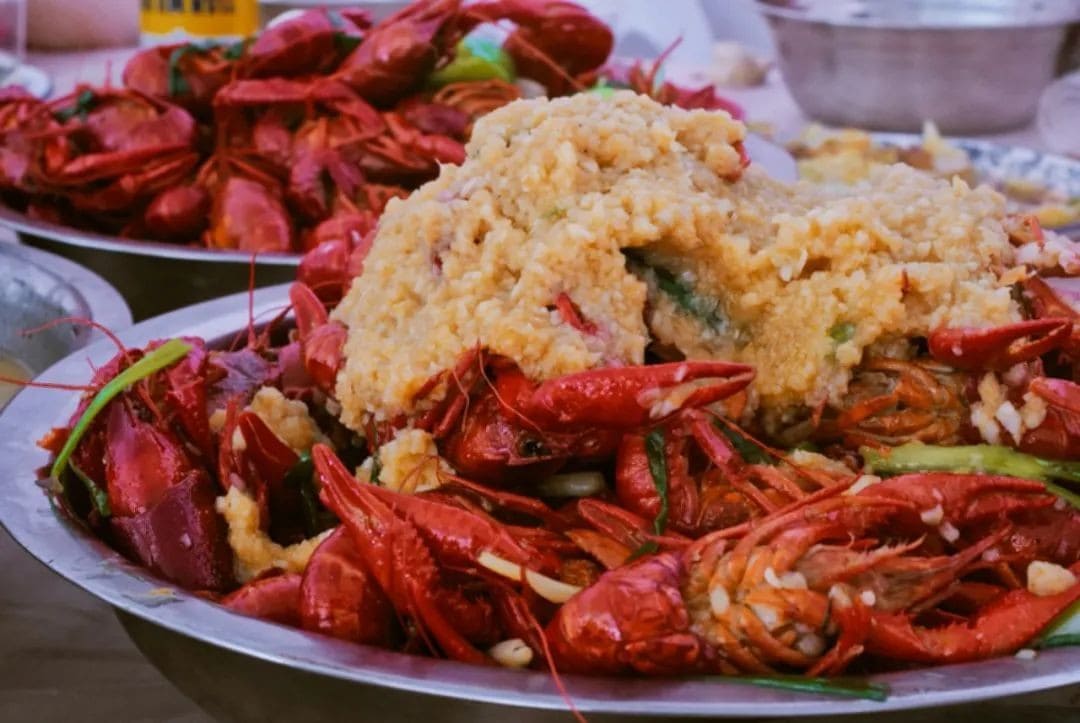
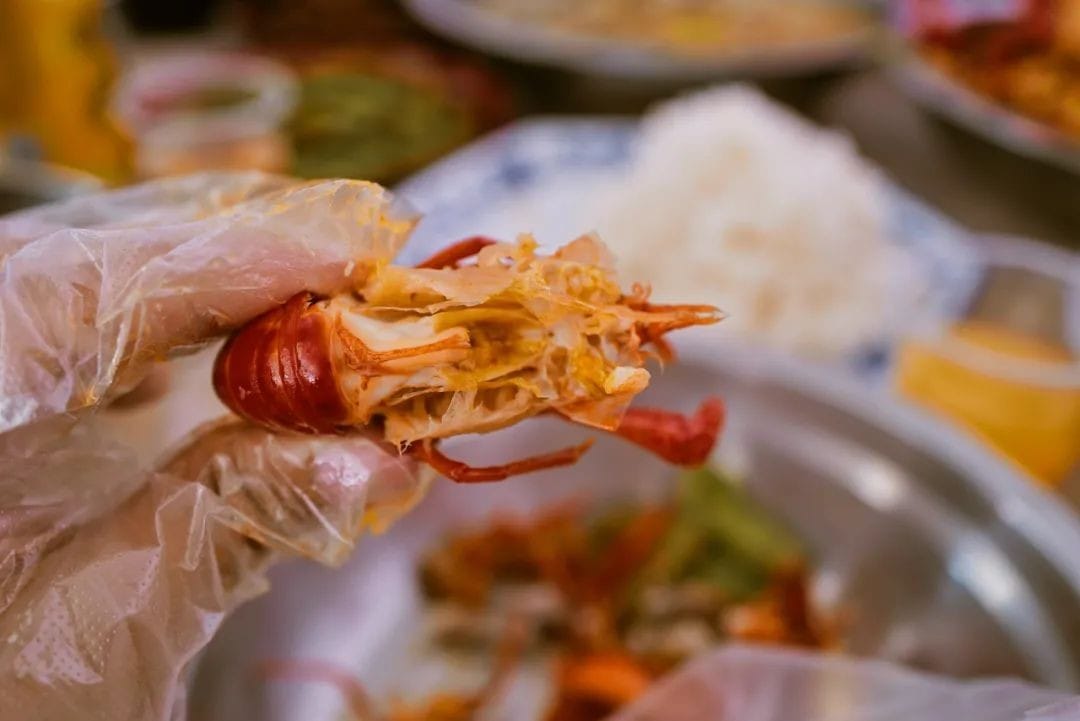
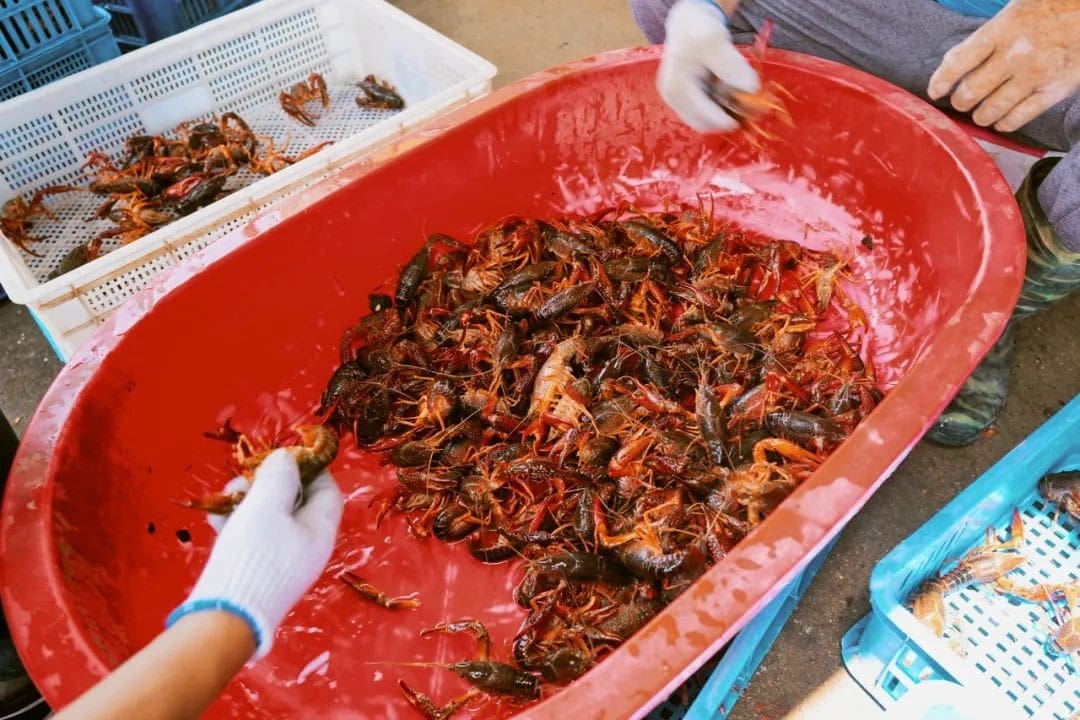
🍺
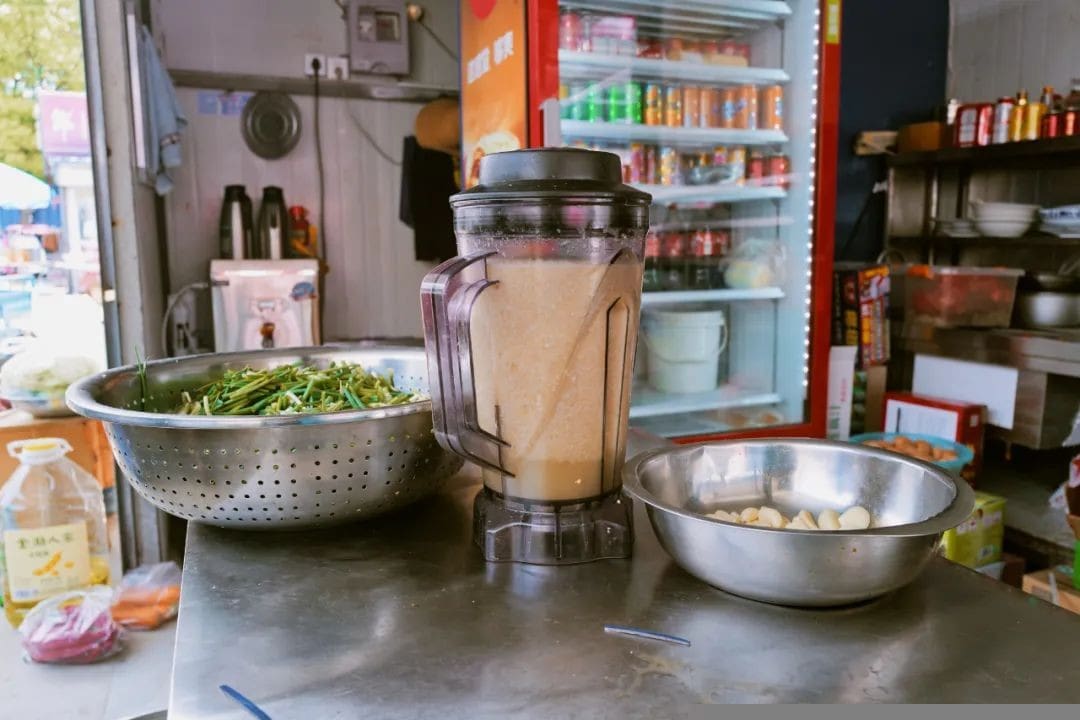
Where to eat crayfish in Jinhu?
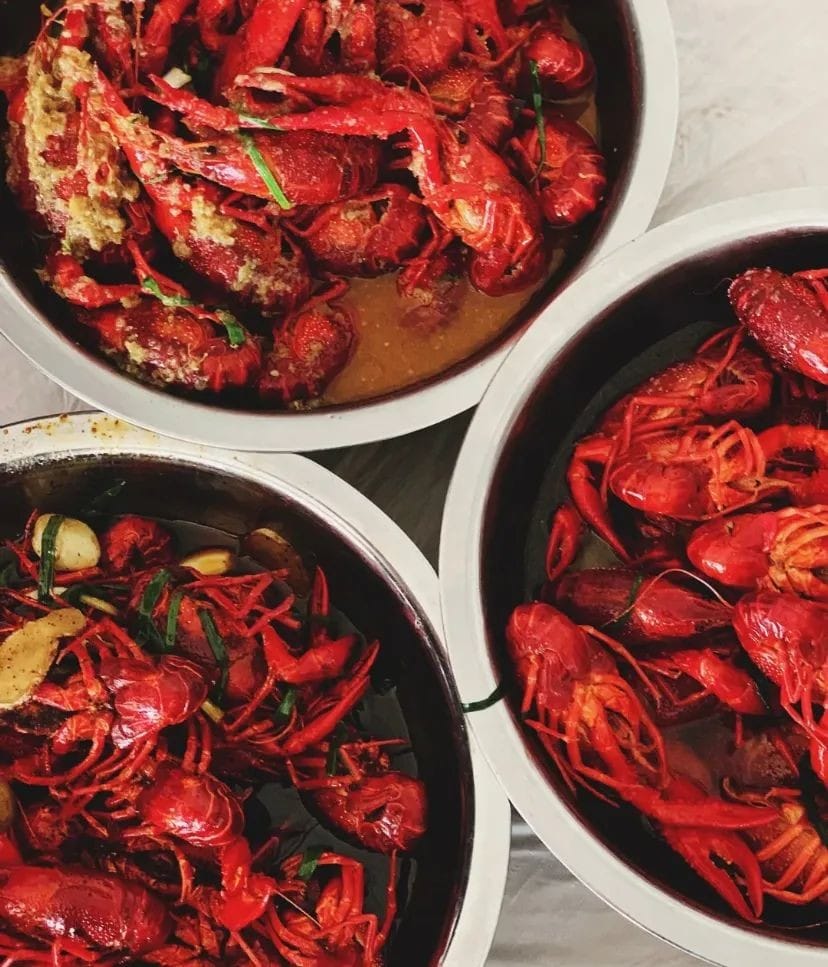
Plan a satisfying late-night snack.
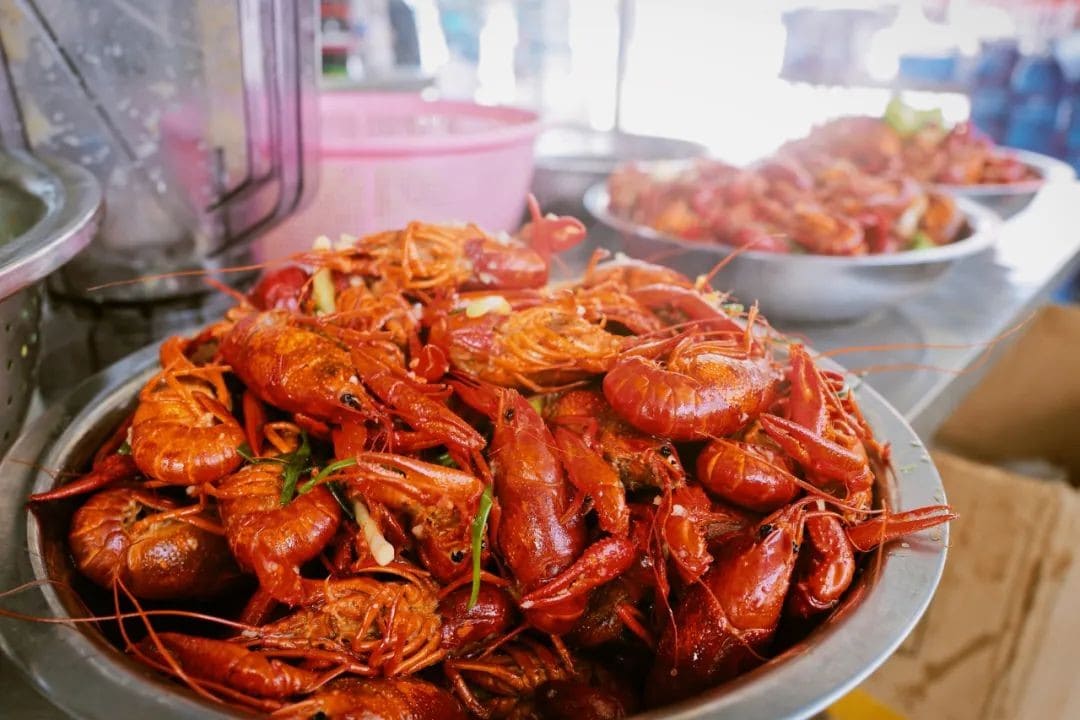
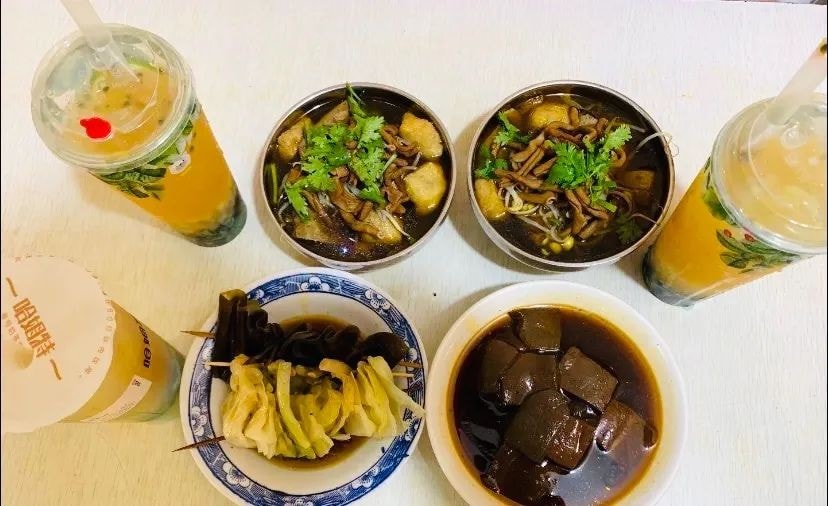
Many people are deterred from eating crayfish because of the hassle of peeling the shells, needing someone else to do it for them. But I believe that the soul of the experience—sucking the sauce—can only be fully enjoyed by doing it yourself. How can you skip that? Dip it in garlic sauce and take a sip—absolutely divine.
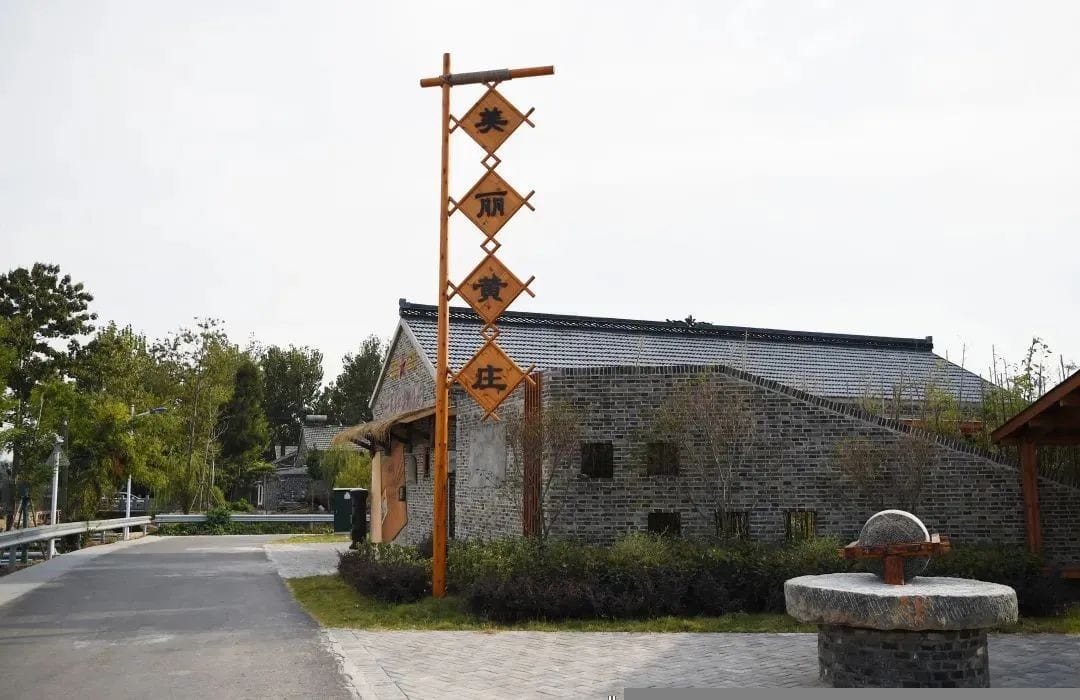
There are several gathering spots for eating crayfish in Jinhu, and any convenient location will do, as the taste is generally good.
Lobster Square (Changle Road): This is the central hub for Jinhu’s crayfish, with countless restaurants offering crayfish. The atmosphere is great at night.
Garden Road and its surroundings: Close to the market, this area not only has crayfish stalls but also local specialty and restaurants.
Emperor Yao Ancient Town (Renmin Road): Both crayfish and barbecue restaurants are available here.
Near E-mart Supermarket (Huahai Road): Close to residential areas, prices are very reasonable.
Here are some highly recommended local crayfish restaurants.
Tai Ming Crayfish
📍: No. 3, Hongqi Group, Tugou Town, Jinhu County
💰: 100 yuan/jin
Tai Ming Crayfish is undoubtedly one of Jinhu’s biggest culinary attractions. As the originator of garlic sauce crayfish and a designated restaurant for government receptions, it stands out.
Tai Ming’s prices are among the highest, with the top-tier crayfish selling for 1190 yuan per serving (5 jin). Correspondingly, its quality control and farming techniques are also the best, offering crayfish over an ounce each—truly a satisfying experience.
This old shop is located in a relatively remote area, but for convenience, you can visit its branch in the main city, Tai Ming Fishery Village, where the new shop offers a better environment. In addition to crayfish, the restaurant also offers a variety of fresh lake delicacies, making for an exceptionally flavorful meal.
In the land of lotus flowers, Jinhu, lotus root is also a star on the dining table. The local lotus root fritters are made with finely minced meat and crispy batter, offering a top-notch texture that never gets tiring, no matter how many you eat.
Remember to order the lotus root juice produced by Tai Ming, as it’s a local specialty.
Hehua Lobster
📍: About 50 meters east of Licheng Market
💰: 50 yuan per jin
Hehua Lobster is located in the lobster square, where other places sell 3 jin for 100 yuan, but here it’s 50 yuan per jin. This shows great confidence in their own lobsters, whether in quality or taste.
Garlic paste is a must-order, and the plain water lobster, which dares to discard all buffs, is also worth trying. The shrimp meat cooked with just green onions, ginger, and salt can truly taste its natural sweetness, and each piece is firm and plump.
The home-style dishes in the shop are also quite good. The local specialty, cold-mixed radish skin, is particularly refreshing and pairs perfectly with the lobster.
Yisong Lobster
📍: 18-3 Changle Road
💰: 40 yuan per jin
Yisong is located opposite Hehua and is also a very popular shop in the market. The scene of everyone sitting in the square eating lobster in the evening should be quite spectacular (and by exchanging with neighboring tables, you can taste the flavors of another shop).
If there are many people, I suggest ordering garlic paste, plain water, and thirteen-spice each. Jinhu’s thirteen-spice is different from Xuyi’s; it basically has no medicinal taste, and some people might prefer this flavor.
@Nana Suk
If you haven’t had enough after eating a few jin of lobster, you can order a special cold jelly, which is smooth and perfect for summer.
Being in Jinhu, a land of fish and rice, there are of course more than just small lobsters to enjoy. If you have time, you can also check out the following restaurants that have mastered the secret of good food.
Yao Zhanggui —— Red Soup Eel Noodles
📍: 65-7 Limin Road
Yao Zhanggui is the most popular restaurant in Jinhu besides the lobster shops. It is decorated in a classical style, very charming.
@Kapok
The shop specializes in eel noodles, which we usually call eel shreds. The way of eating is divided into red soup and white soup, the difference being that the eel shreds in red soup are stir-fried with thick sauce, so the taste is more intense.
*The upper part is red broth, the lower part is white broth @Yanxi
The freshness of the soup is all extracted from the fish bones, boiled in their original flavors. Even if you order a dry version, a large bowl of fish soup will still be served. The boss probably wants everyone to experience the charm of this soup.
@Kapok
Fat Granny Barbecue —— Pork Skewers
📍: Intersection of Jiaotong Road and Yanhe Road
Summer night snacks wouldn’t be complete without barbecue. This Fat Granny’s is a nostalgic taste for many residents in the area, having been enjoyed since childhood. The shop’s environment is indeed average, but the boss has made a name for it with good flavors.
@Greedy Little Bunny
2.5 yuan per skewer of iron-skewered grilled pork is incredibly fragrant. Regular customers order dozens at a time, making sure to indulge fully on each visit.
@Noel9
Wang’s Vermicelli —— Duck Blood Vermicelli Soup
📍: No. 25 Changle Road
In Nanjing, duck blood vermicelli soup is usually made with white broth, but in Jinhu, you can find it in red broth.
In this preparation, slightly spicy and sweettakes center stage, filled with the aroma of various spices, quite unique.
Wang’s also sells fried skewers at very reasonable prices, with an average of 20 yuan per person being enough for a satisfying meal, and the taste is good too.
@Mom Gave Birth to a Limited Edition Me
In addition to Wang’s Vermicelli, Sister Vermicelli and Little Chen Vermicelli are also treasure troves recommended by locals.
🏞
Surrounded by three lakes, Jinhu is a scenic beauty
Full of scenes of a land of fish and rice
The tourism resources of several counties around Jinhu are quite homogeneous, making Jinhu, which started later, relatively weaker. Xuyi has taken the lobster, and Baoying is promoting lotus flowers, so Jinhu has opted for a comprehensive travel approach, developing many family-friendly leisure spots in the villages.
For instance, the Mike Rabbit Town, which children would love, offers encounters with many adorable animals, as well as opportunities to ride small trains and catch lobsters.
@Photographer Hu Entai
The Yao Xiang Guo, built with the background of Emperor Yao’s culture, is also a suitable attraction for children, where they can gain knowledge. First, visit the museum to learn about the history of the Three Sovereigns and Five Emperors; then enjoy a song and dance performance to see how Emperor Yao grew into a good ruler.
Adjacent to Yao Xiang Guo, Huang Village features old houses, rice fields, rivers, lotus ponds… The entire village is filled with the pastoral charm described by Tao Yuanming. There’s no talk of internal competition here; only pure scenery and delicious local cuisine.
However, compared to these “man-made attractions,” I believe Jinhu’s natural scenery is more worth visiting.
I highly recommend the Jinhu Water Forest. Riding a bamboo raft among the metasequoias is incredibly therapeutic, as if the entire world has been reduced to just nature and oneself.
The neatly arranged metasequoias here are locally known as the “waterborne terracotta warriors,” and the aerial roots of each tree that protrude above the water are quite artistic.
The dappled light is a hidden gem in this forest maze. The “matcha lake” created by the floating duckweed becomes extremely dreamy when illuminated by sunlight, like a path leading to a fairy tale world.
The amusement facilities in the park are quite diverse, with various water activities to enjoy, or you can take a walk on the glass bridge.
Another must-visit spot is the Lotus Pond, where having a lotus flower is not unusual, but having tens of thousands of acres of them is quite spectacular. When I visited, they hadn’t bloomed yet, but by late June, one can expect to see the full bloom of lotus flowers, along with various colored water lilies.
*The lotus flowers hadn’t bloomed yet when I visited, only the water lilies had.
Both of these places are a bit far from the county town. If you don’t want to travel too far, a visit to the Willow Bay Wetland Park is also a good option. The wetland is by the Huai River, admission is free, and it’s a common spot for Jinhu residents to stroll and relax.
When it comes to eating lobsters in Jinhu, driving is definitely the most convenient option. The distance from Hangzhou is about the same as to Xuyi, approximately 4 hours. If taking the high-speed train, you can get off at Gaoyou North Station and then take a taxi to the county town, about a 30-minute drive; or get off at Gaoyou Station, which is a 1-hour drive.
For accommodation, staying in the county town is the most convenient, with options like the Tai Ming Ecological Hotel. The Sanhe International Hotel near the Lotus Pond Scenic Area and the Junlan Hot Spring Resort Hotel near the Water Forest Scenic Area are more remote but offer better environments and internal facilities.
*The facilities at Sanhe are all new, and the prices are reasonable.
The Huai’an person sitting next to me at the table kept lamenting their inherent “laziness,” which sounded like self-deprecation but, I felt, carried more of a sense of pride. Living a life confined to the kitchen and love is not something everyone can achieve. If you want to experience the leisurely lifestyle of Huai’an people, then the taste of Jinhu crayfish is definitely worth exploring.
By the way, this crayfish-eating trip was organized by the Earth Imagery group (I can’t drive but wanted to visit the suburban attractions), and I’m super grateful to the tour guide for telling me about many local delicious and fun spots.


